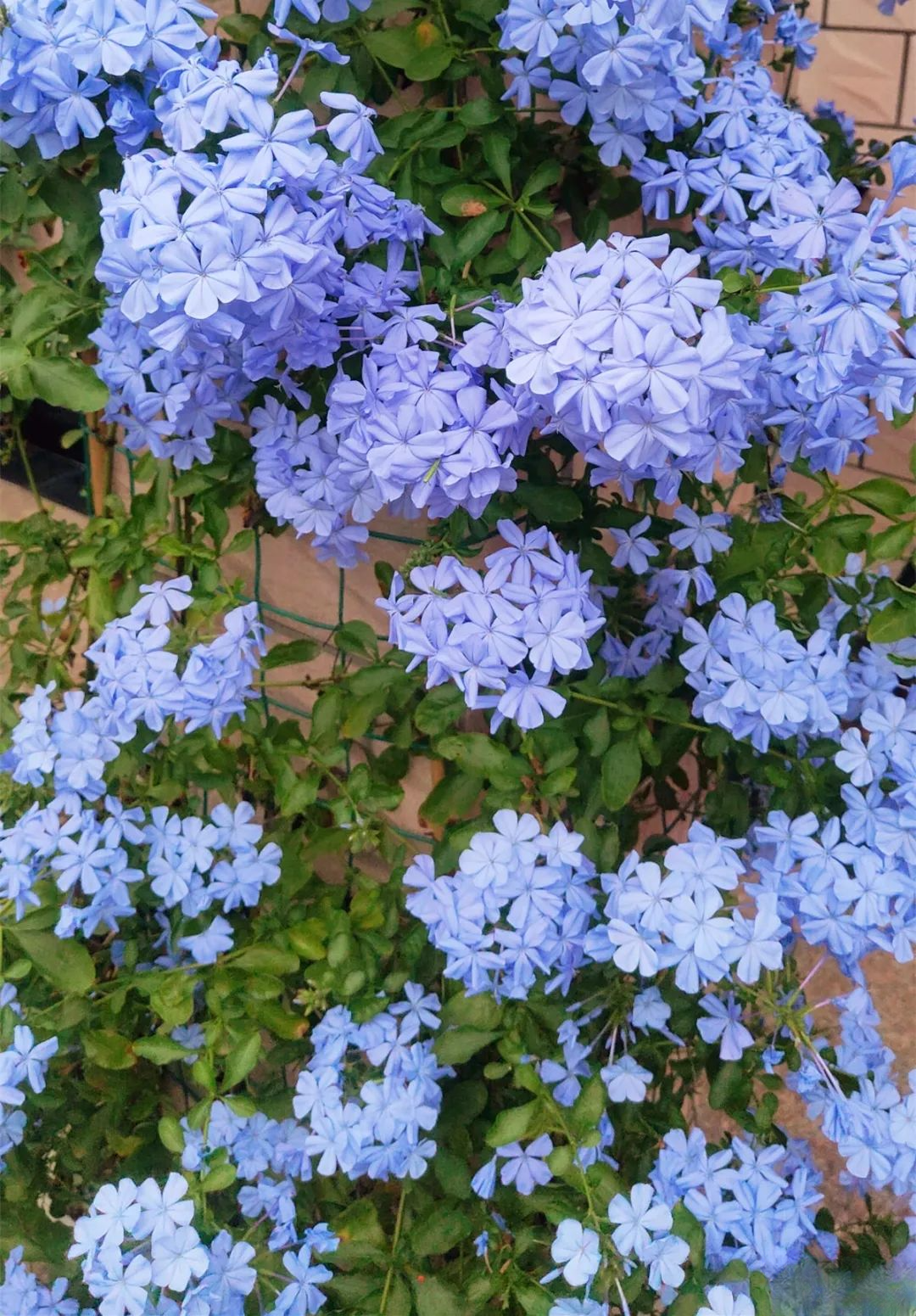20 kinds of flowers, do not hibernate at 35°C in summer, and bloom in hot weather
As the weather is getting hotter, our friends in the south say that the temperature has "exploded". From now on, we must choose plants that are heat-resistant, sun-resistant, and have a long flowering period. Don't make the wrong ones!
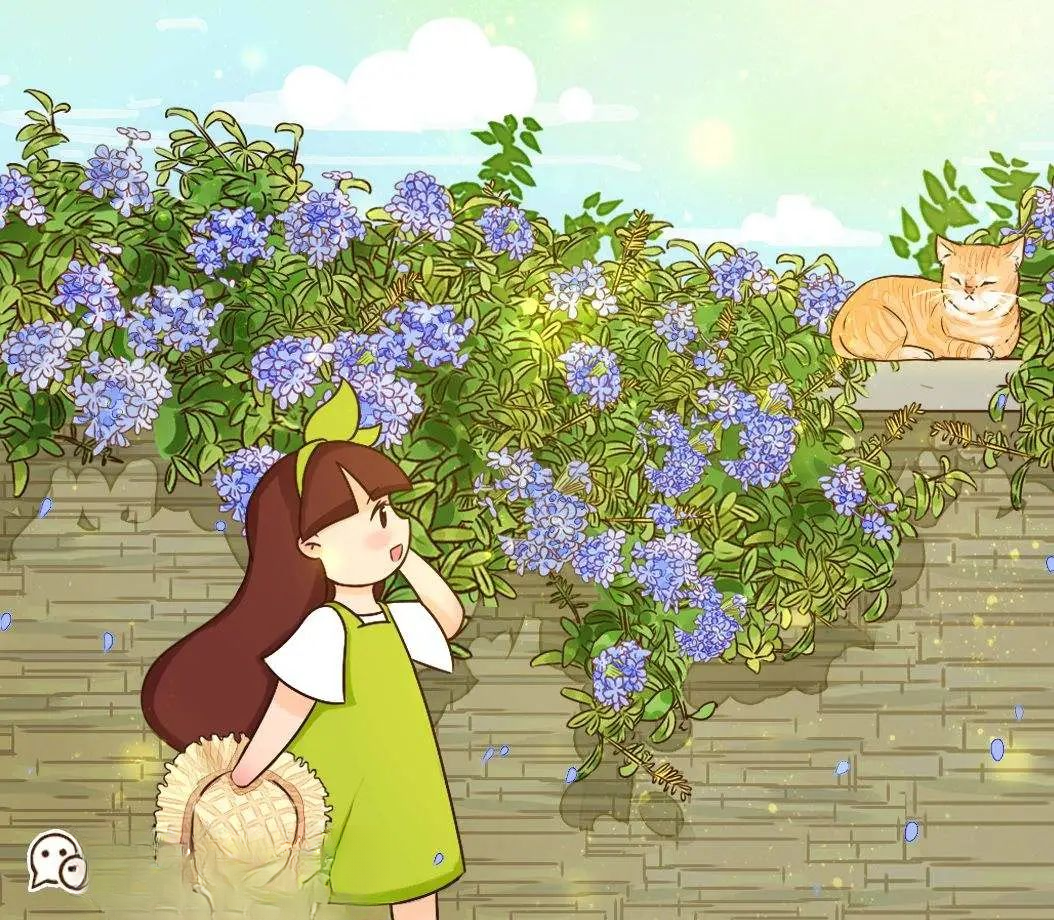

Crape Myrtle
The flowering period of crape myrtle is from June to September. It can bloom normally in the hottest and sunniest places. It is very hardy and relatively cold-resistant. It will not freeze to death at around minus 15 degrees Celsius. It can be planted in Beijing, Hebei, Shandong and other places.
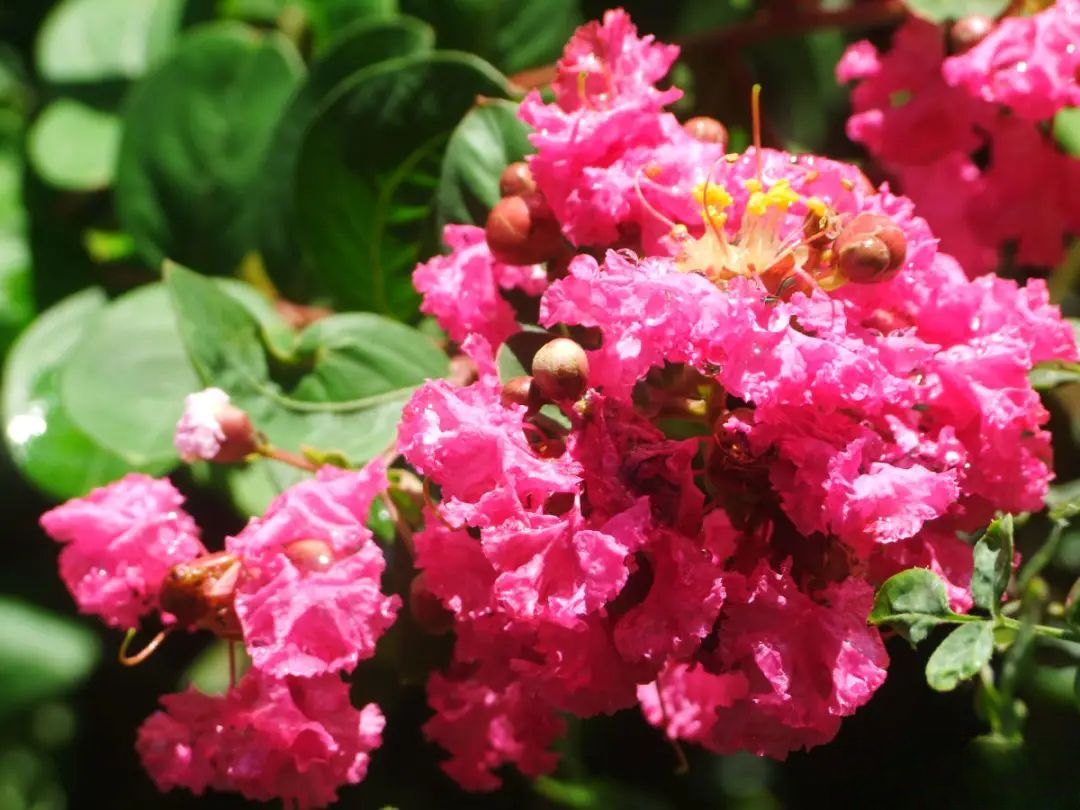
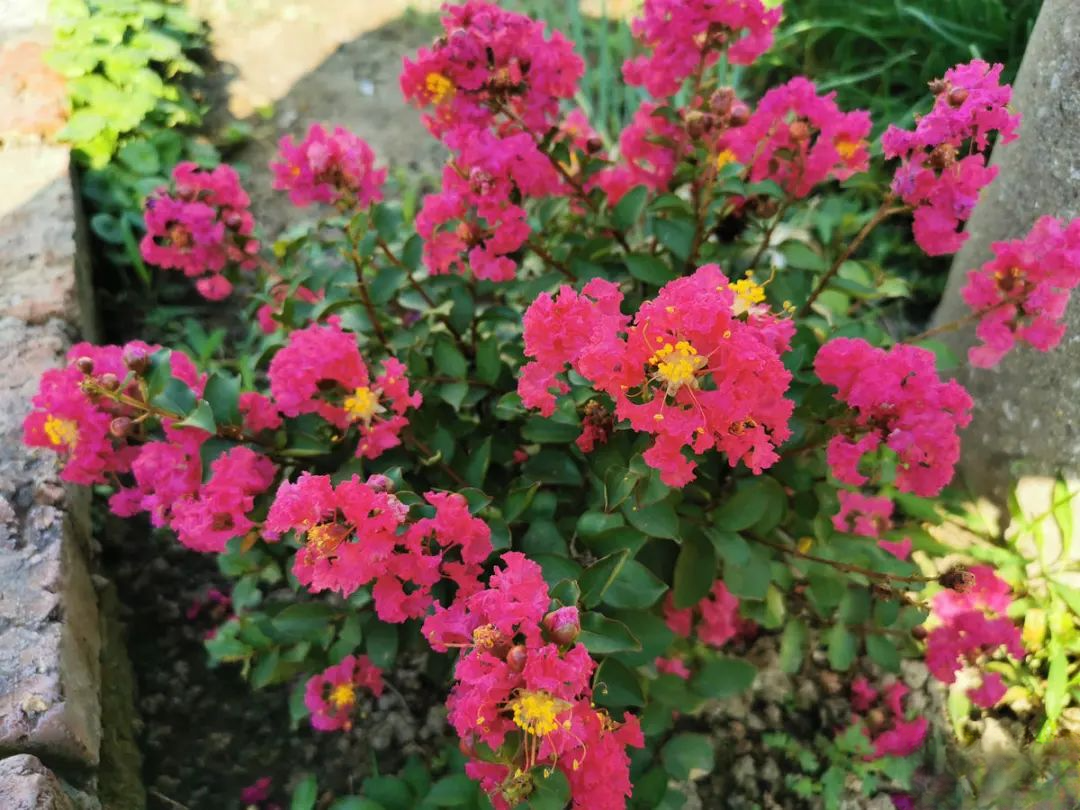
Crape myrtle is a deciduous shrub and small tree. It sheds its leaves and goes dormant in winter, and sprouts in spring. Its branches are lush and resistant to pruning. It can be made into an ornamental bonsai or grow into a large bush of 3-7 meters. It has strong plasticity.
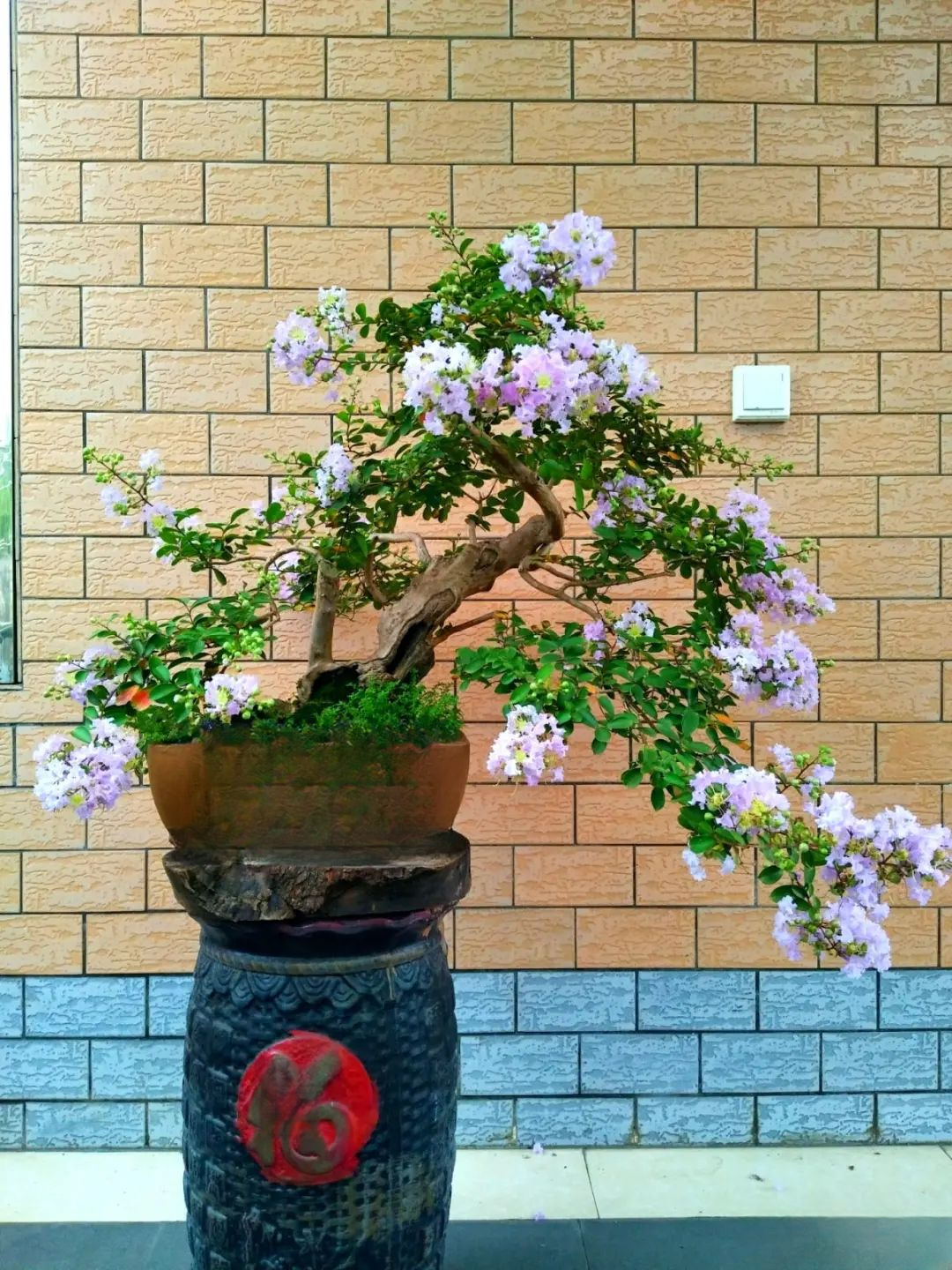
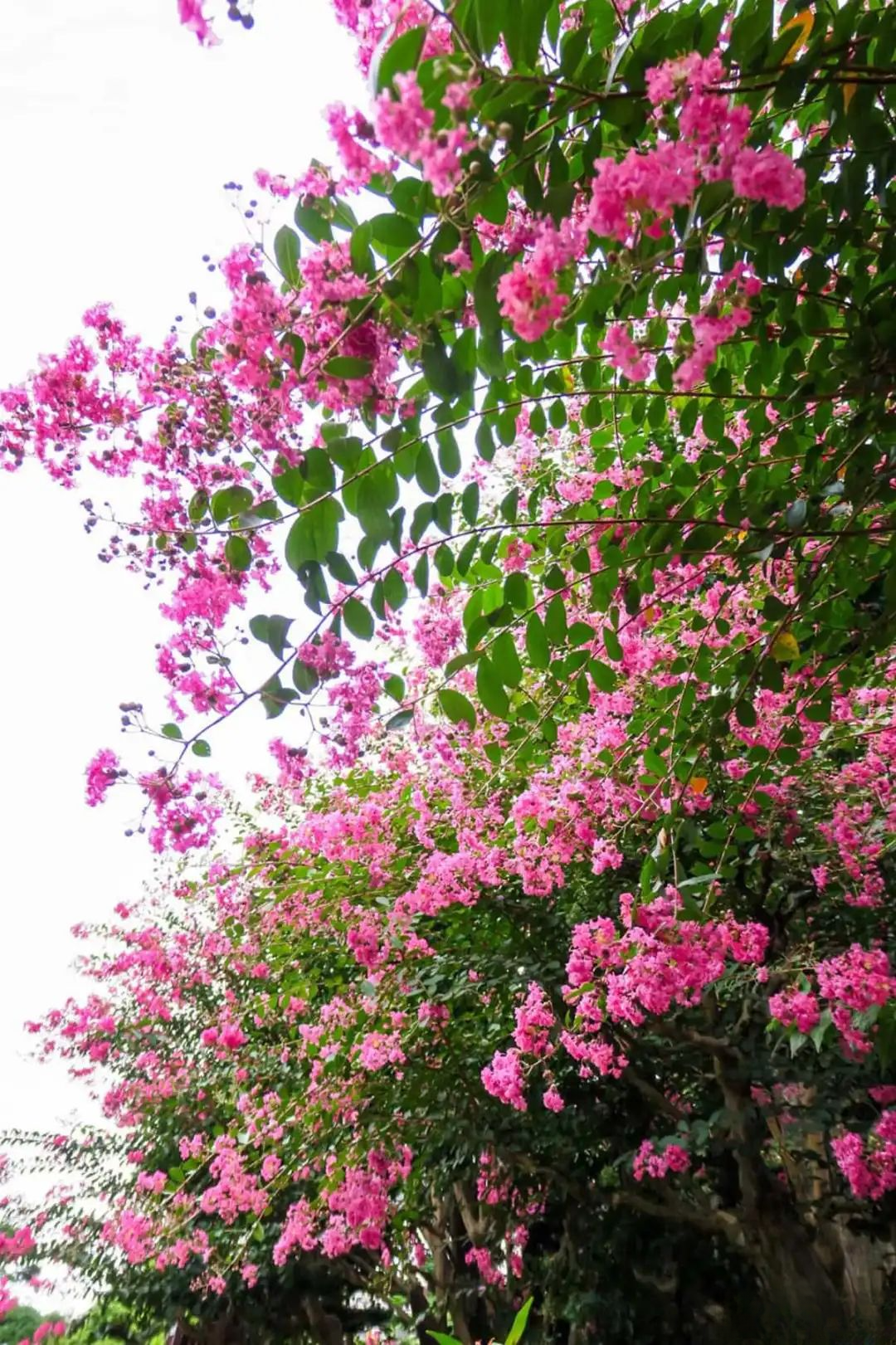

Golden Dew Flower
The golden dew flower, also known as the chocolate lace flower, is native to the tropics, so it is very heat-resistant. It can bloom at temperatures above 18 degrees Celsius and has a long flowering period. It is not very cold-resistant and can be potted in central and northern regions. The temperature should not be lower than 5 degrees Celsius in winter.
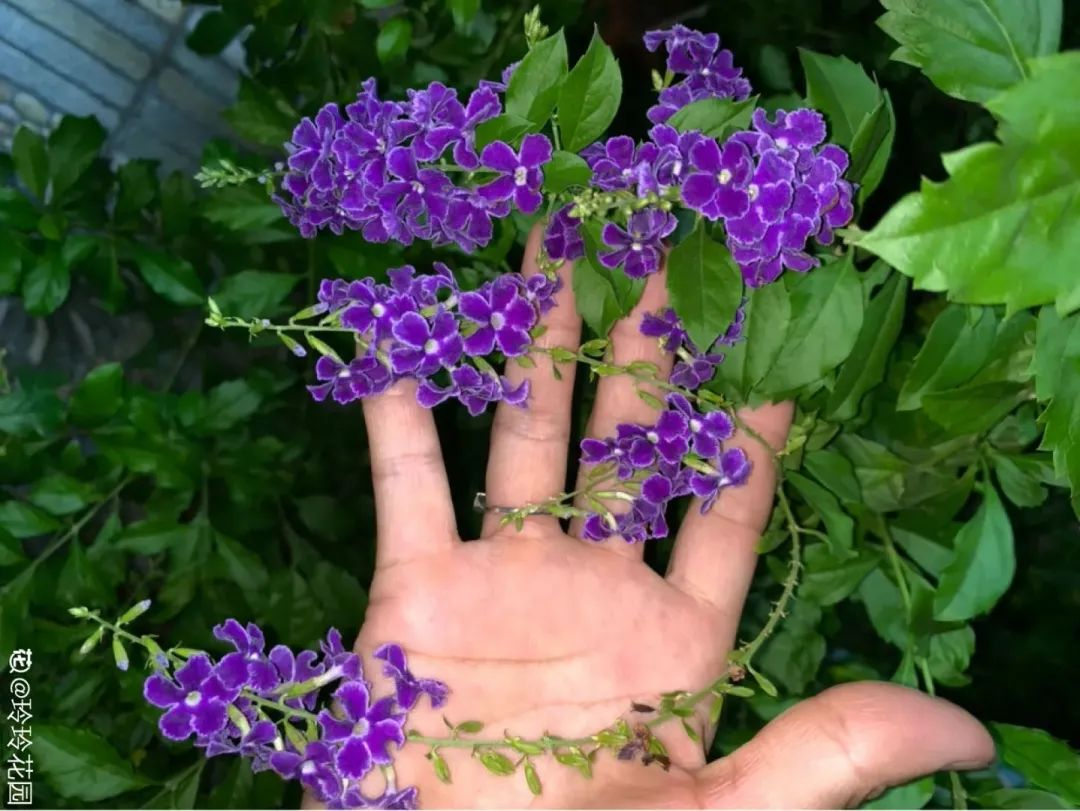
The golden dewflower is an evergreen shrub with soft branches that are easy to branch. When there is sufficient light, it has many inflorescences and blooms one after another. It has the scent of chocolate and is suitable for being placed at ventilated doorways and windowsills, away from bedrooms and enclosed spaces.


Eversummer Stone Bamboo
The perennial dianthus is the most common single-petal dianthus that we see, which is different from the double-petaled carnation dianthus and the ball-shaped American dianthus. The perennial dianthus blooms from May to October, and has a very strong adaptability and is resistant to heat, drought and barrenness.
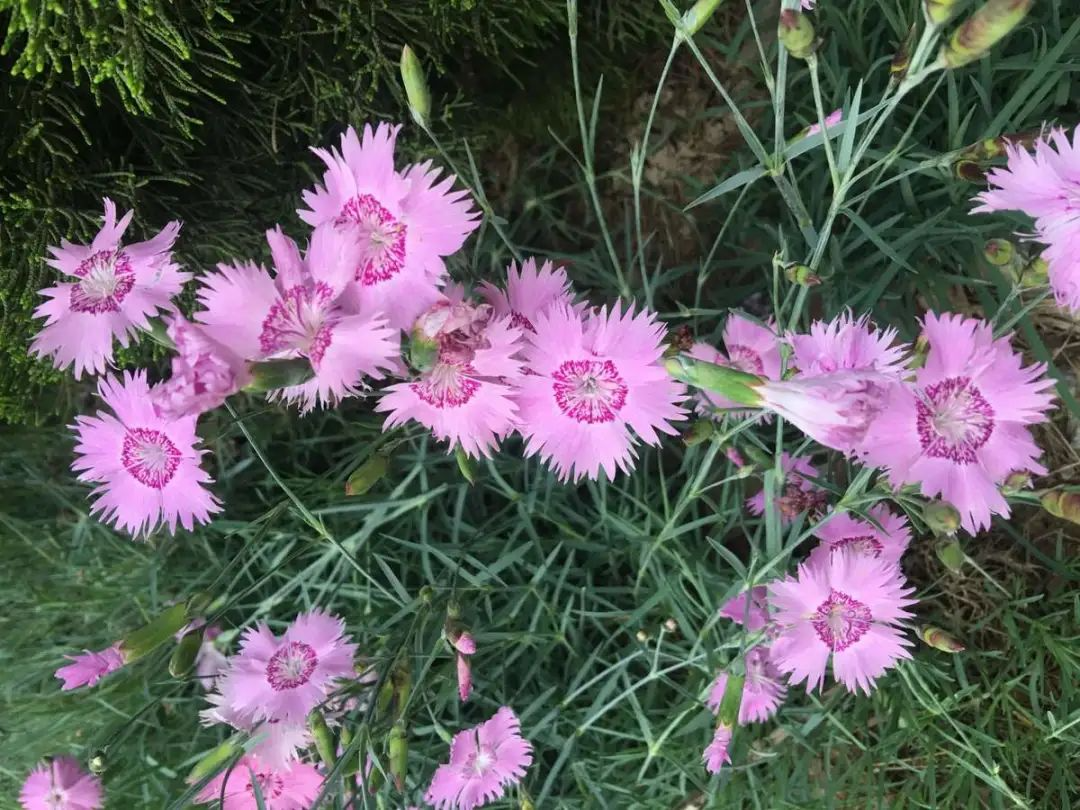
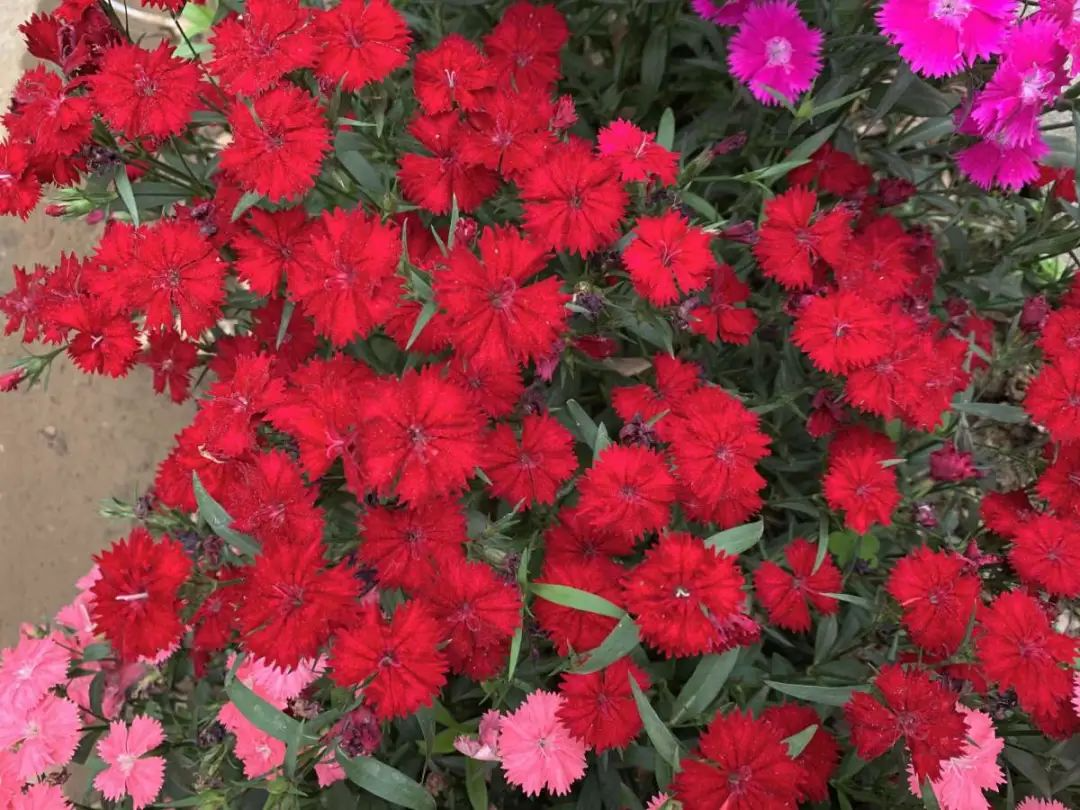
Perennial dianthus is usually sown in autumn and spring. The seedlings grow very fast after the weather gets hot. It can also be grown in the poor soil in the northwest region. It grows into a large patch in summer. If the withered flowers are cut off in time after each flowering, it can continue to bloom and the seeds can be harvested in autumn.
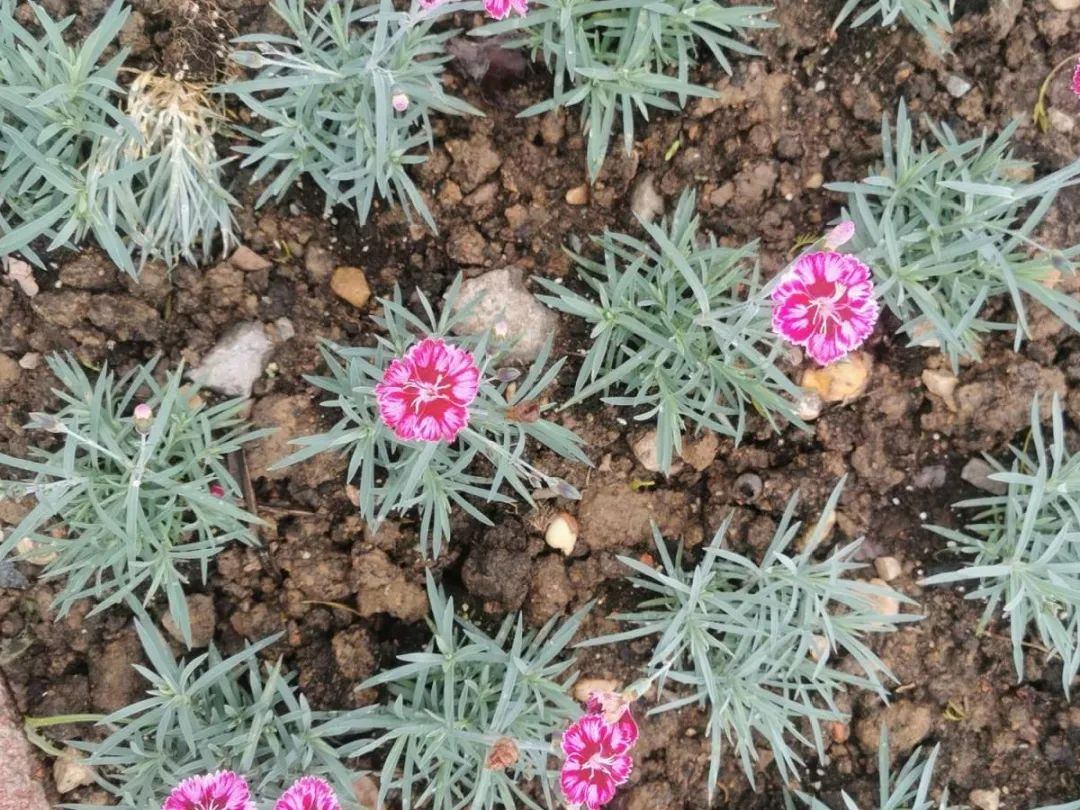
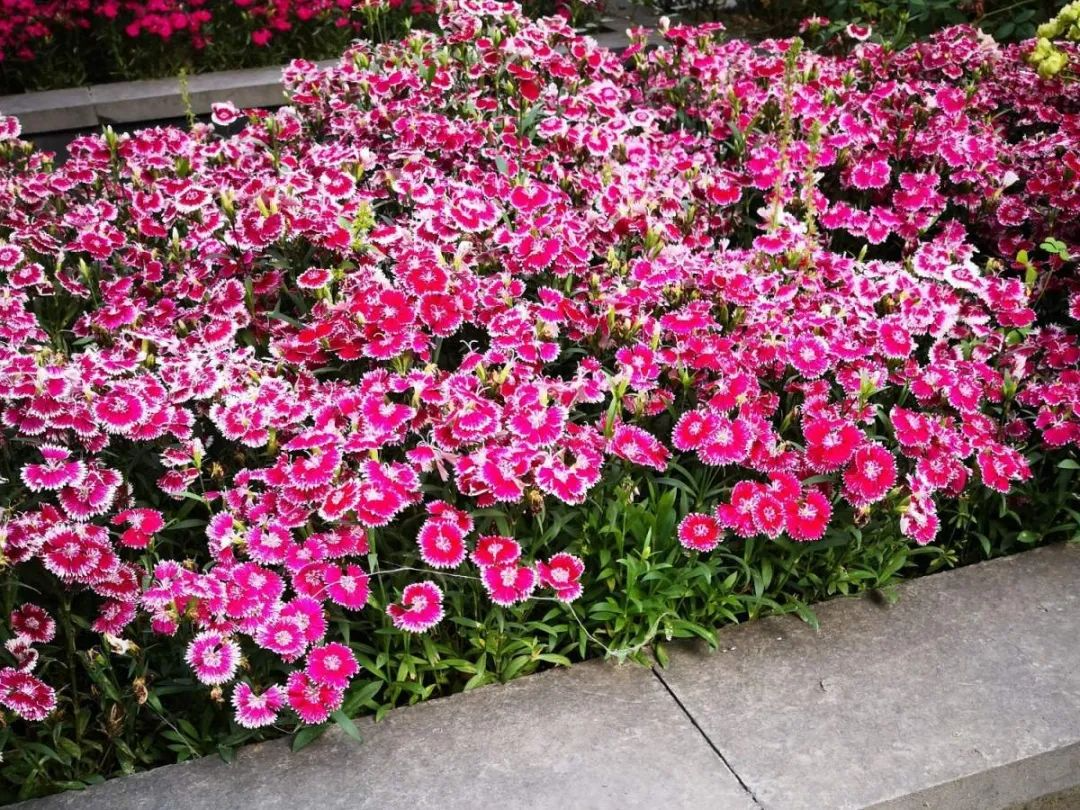

Jasmine
Jasmine likes summer, and its flowering period is also concentrated in summer. When the temperature is above 25 degrees, it can bloom all the time, as if it is tireless. It is more afraid of cold, and it cannot stand the temperature below 10 degrees in winter in the north, so it is basically kept in the summer in the north.
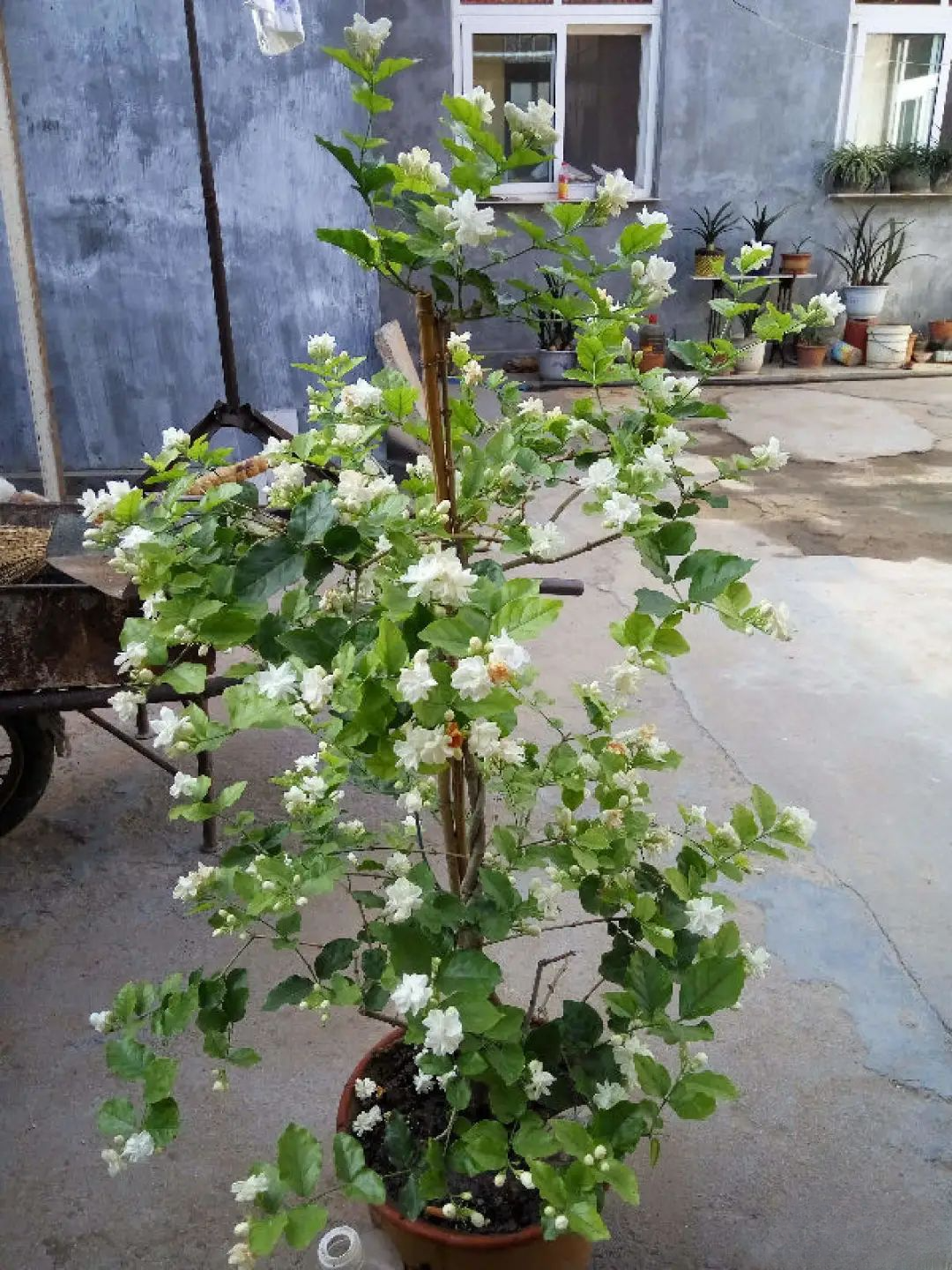
Jasmine likes light and needs more sun. Water it thoroughly as soon as the soil is dry. The flowering period of jasmine is only 3-5 days at a time, and the flowers end when they turn yellow. Prune them quickly, and keep the green branches to the length of 1-2 pairs of leaves. Water it with Huaduo No. 2 or potassium dihydrogen phosphate, and it will bloom again soon.
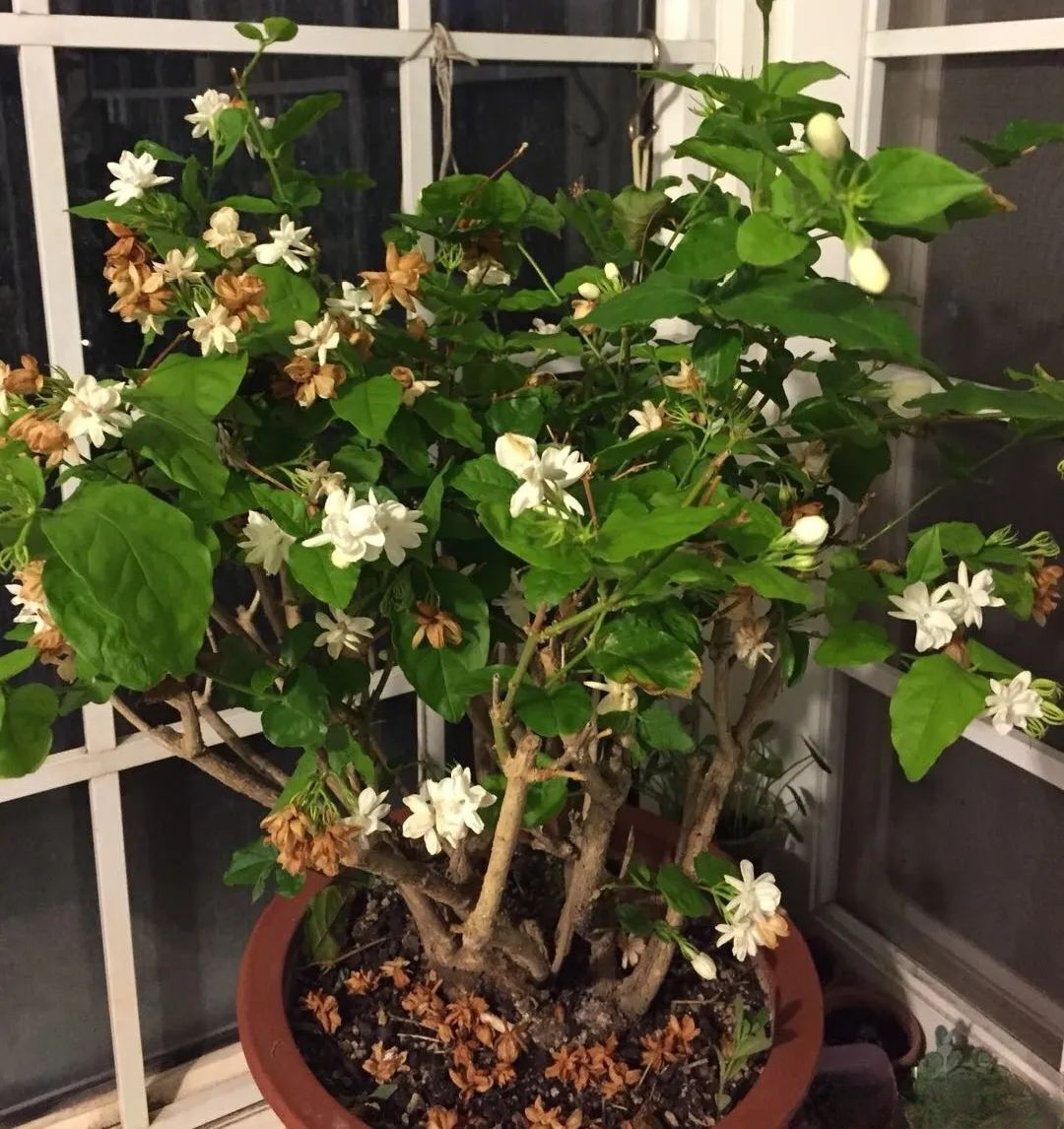

Hemerocallis
The flowering period of daylilies is from May to September. Its leaves look like orchids and its flowers look like lilies. It is a common ornamental flower in summer. Many parks and community greening areas like to grow it. It is a perennial herb with perennial roots that can be propagated by division. Its rhizome looks like a small spindle.
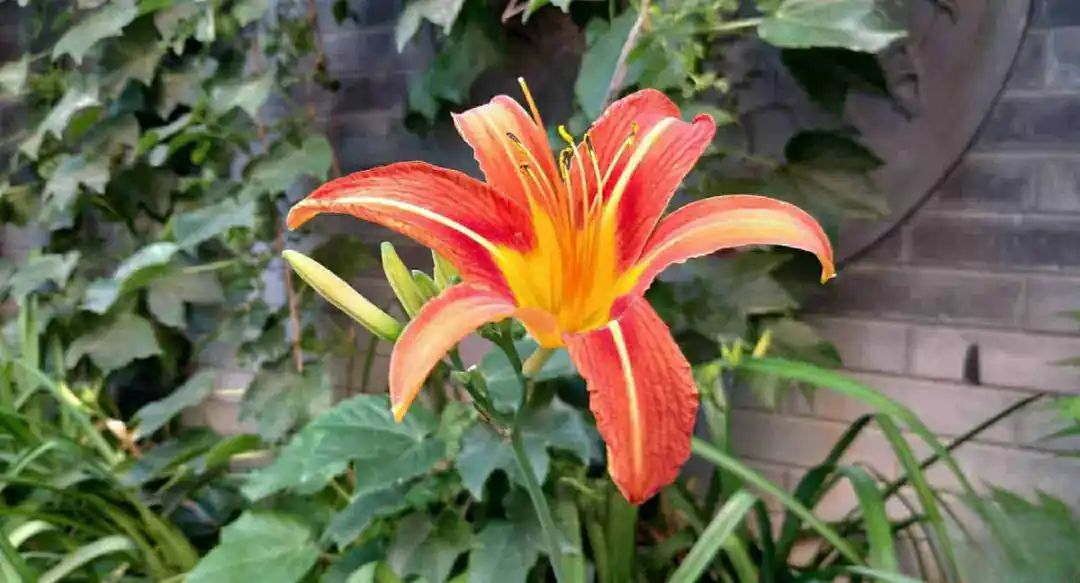
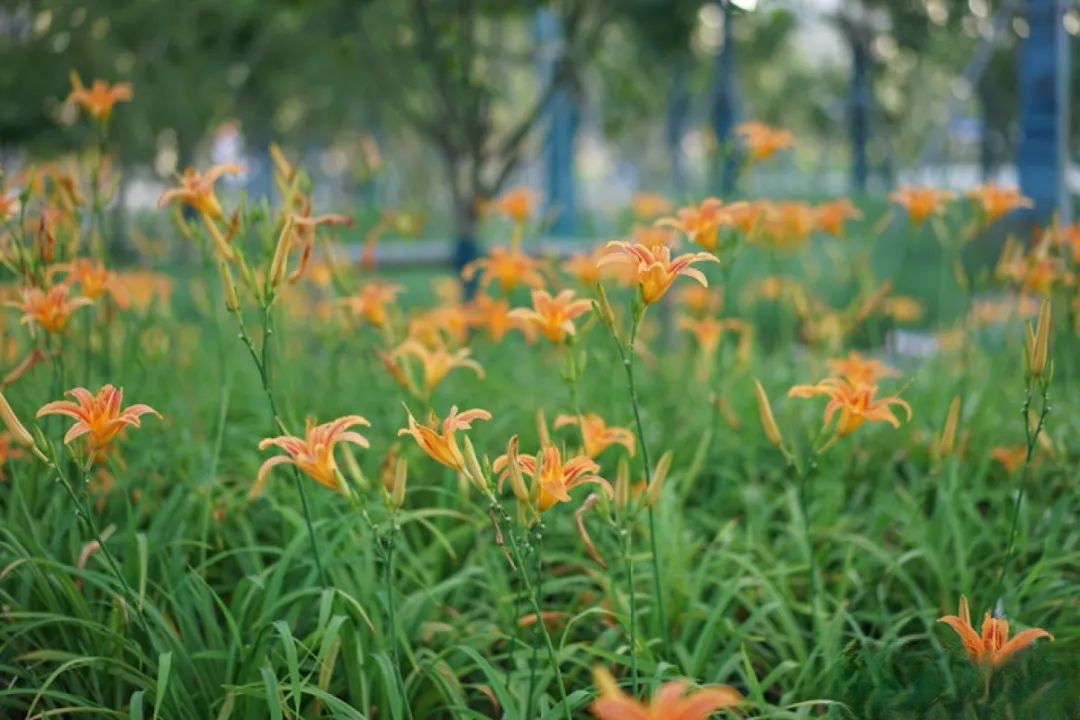
Daylilies are heat and sun resistant, but it is best to plant them in a relatively humid environment, not too dry, otherwise they will not grow fresh. You should also pay attention to the difference between ornamental daylilies and daylilies. Ornamental daylilies are mostly large-flowered daylilies, which are poisonous. Don't eat them by mistake.
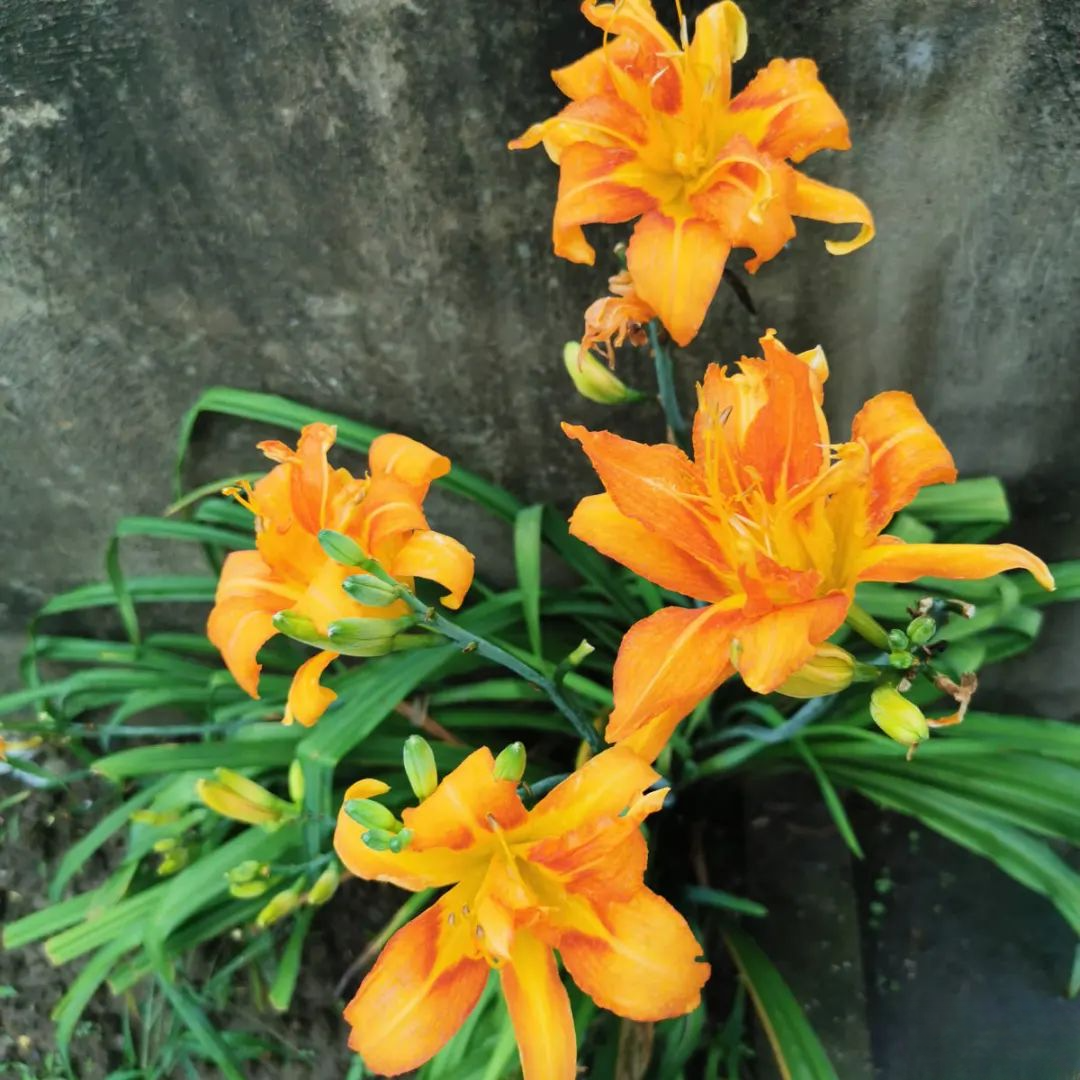
Picture: Hemerocallis fulva
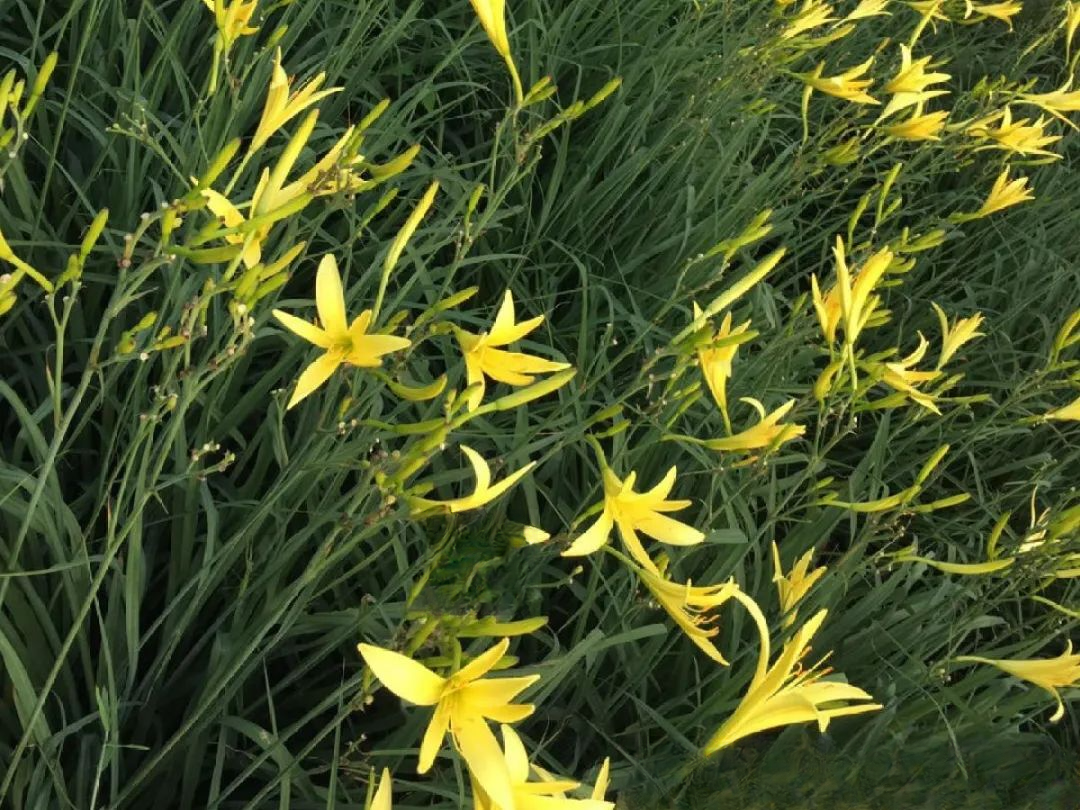
Photo: Daylily

Hollyhock
When hollyhock blooms, it is basically the hottest time of the year. It is not afraid of high temperatures and exposure to the sun, nor is it picky about the soil environment. It grows very fast, reaching a height of nearly 2 meters. It has many flower buds and blooms from the bottom to the top.
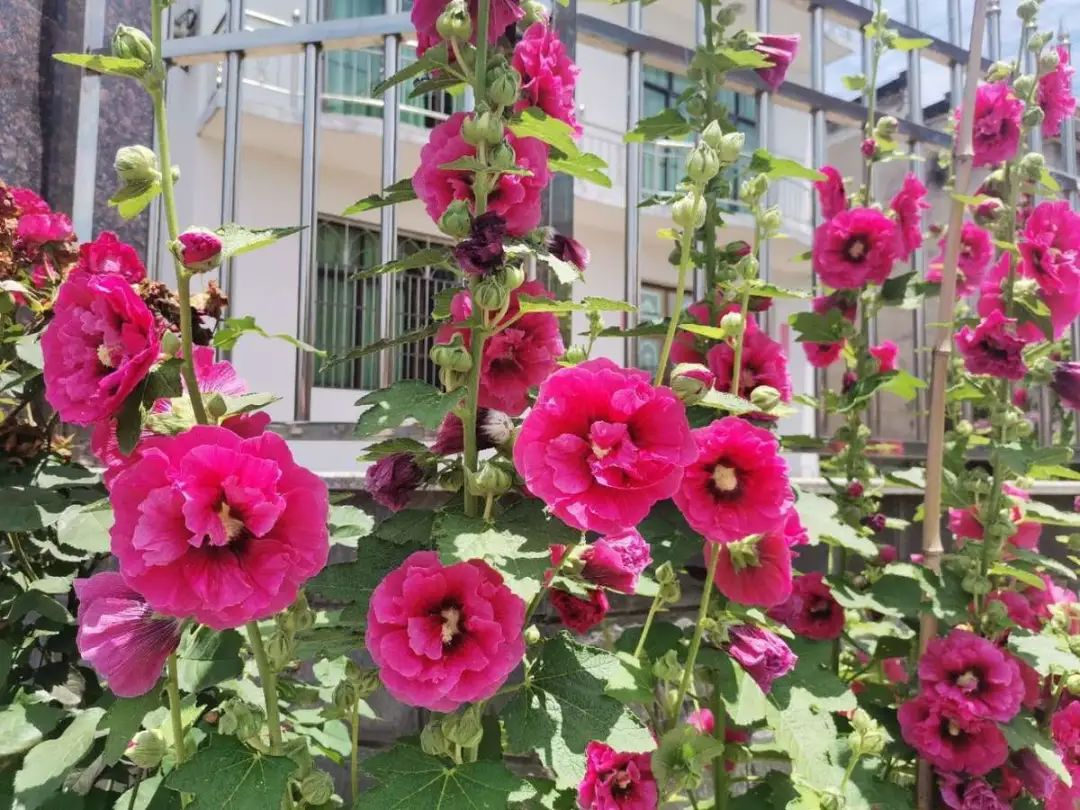
Hollyhock is usually sown in early spring, and the seedlings can grow in 2-3 months. Hollyhock blooms once a year and will wither soon after flowering. If planted in the ground, it will continue to sprout in the second year. It is best to leave the seeds for potted plants and continue sowing in the spring of the second year.
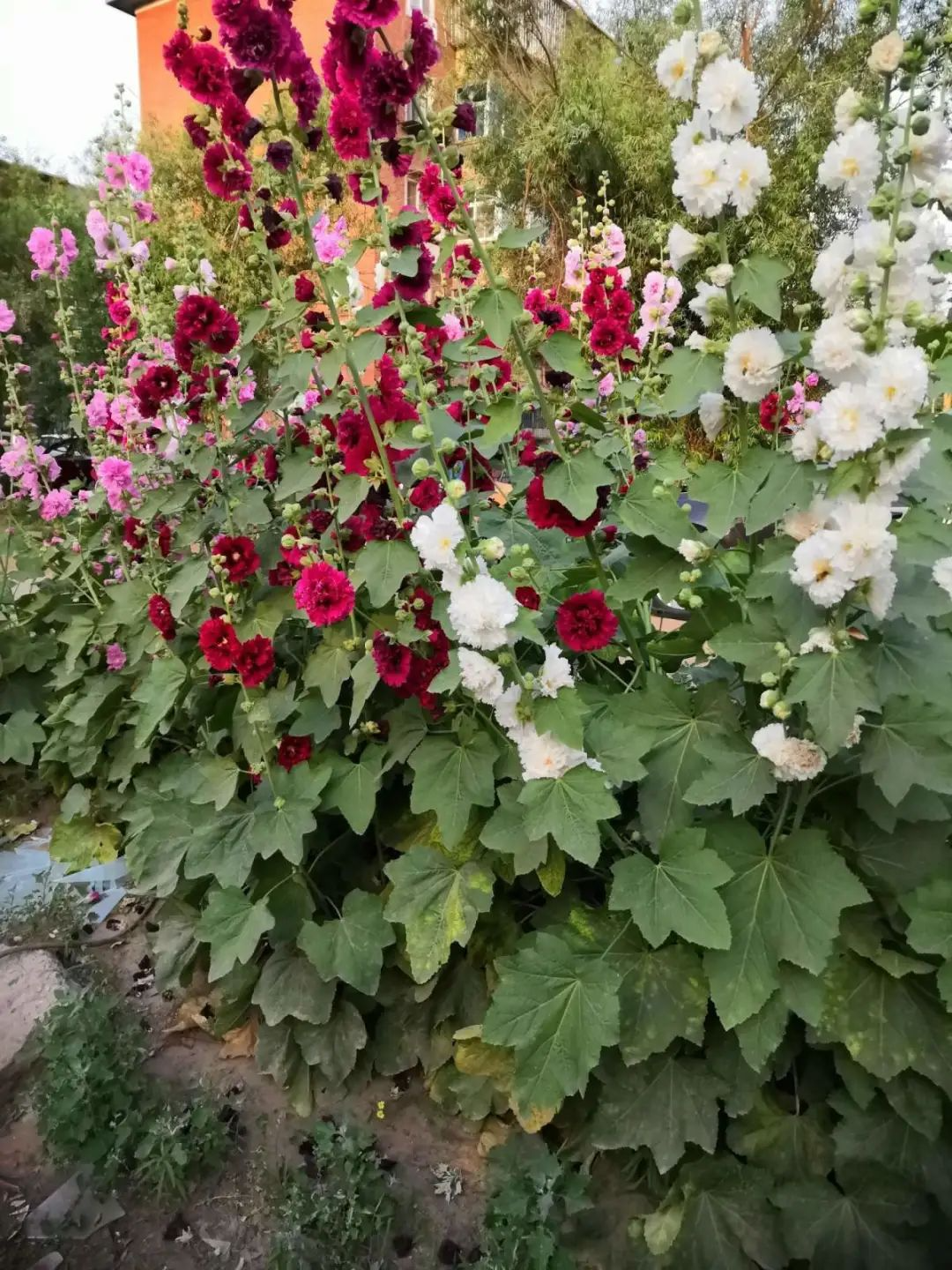

Ixora
The Ixora is a typical tropical flower. It is the national flower of Myanmar and a common flower in the southwest region. It blooms from May to July. It is a perennial shrub with glossy green leaves and spherical flowers. A single flower can bloom for 1-2 months.
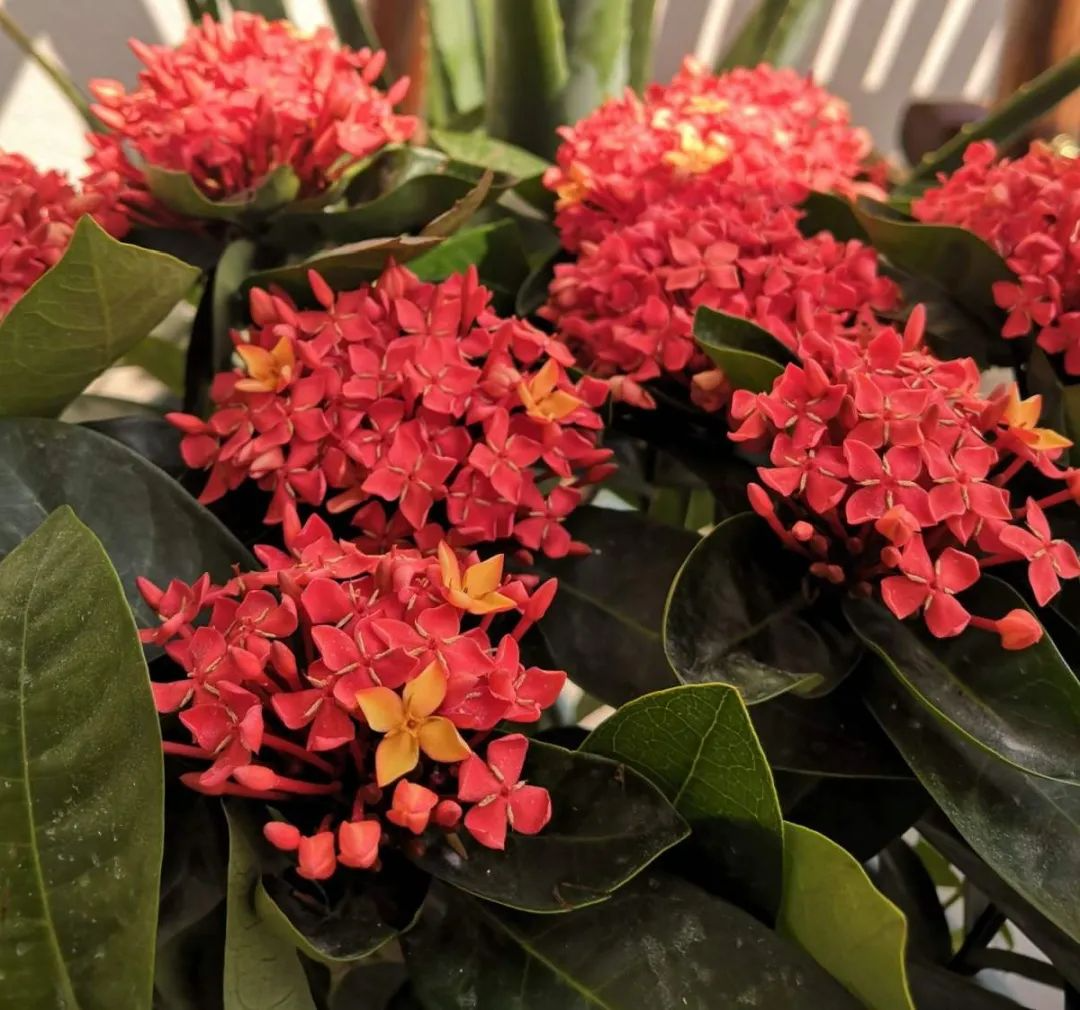
The common colors of Ixora are red, pink, and yellow (off-white). It is mostly a green plant in southern cities. Its leaves and flowers are very beautiful. It is heat- and sun-resistant, slightly shade-tolerant, and prefers a slightly humid environment. It is recommended to be potted in the north and kept indoors for warmth in autumn and winter.
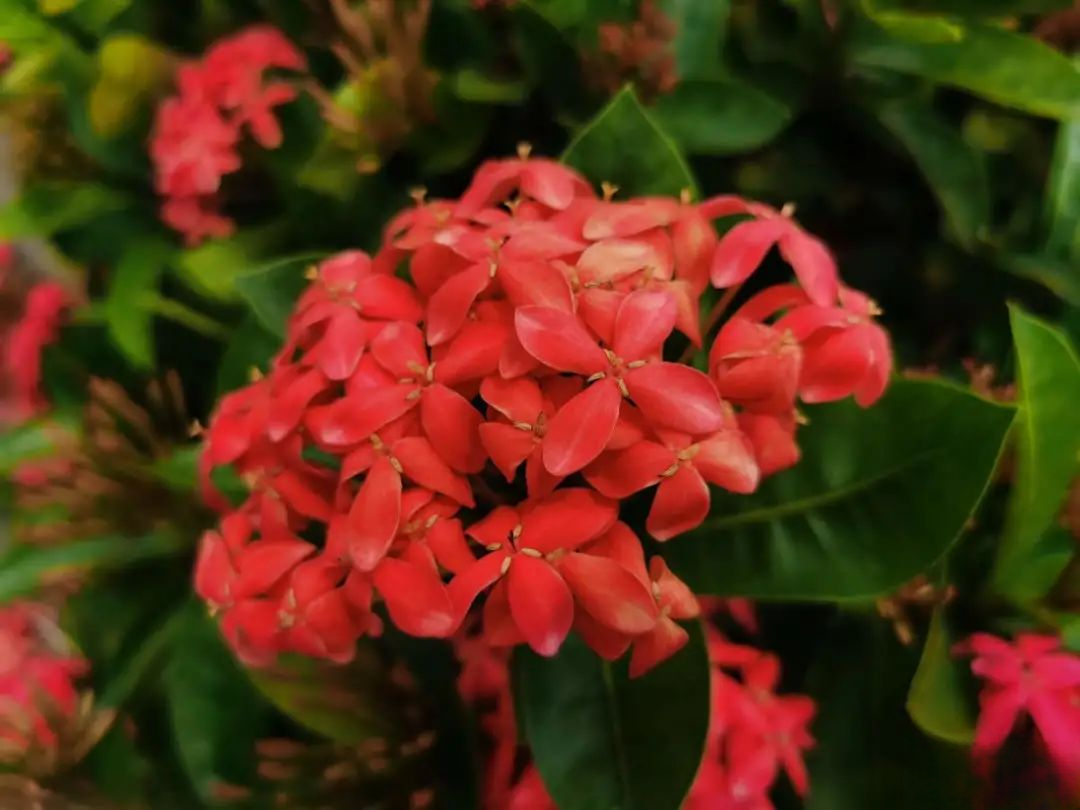
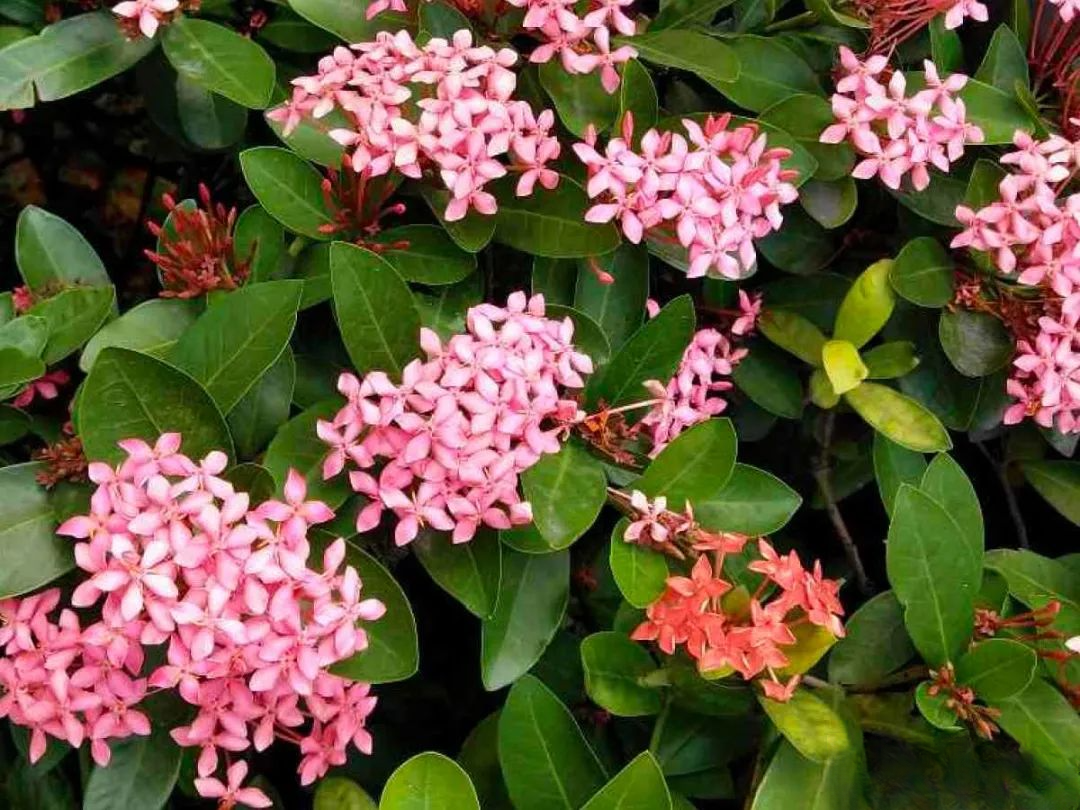
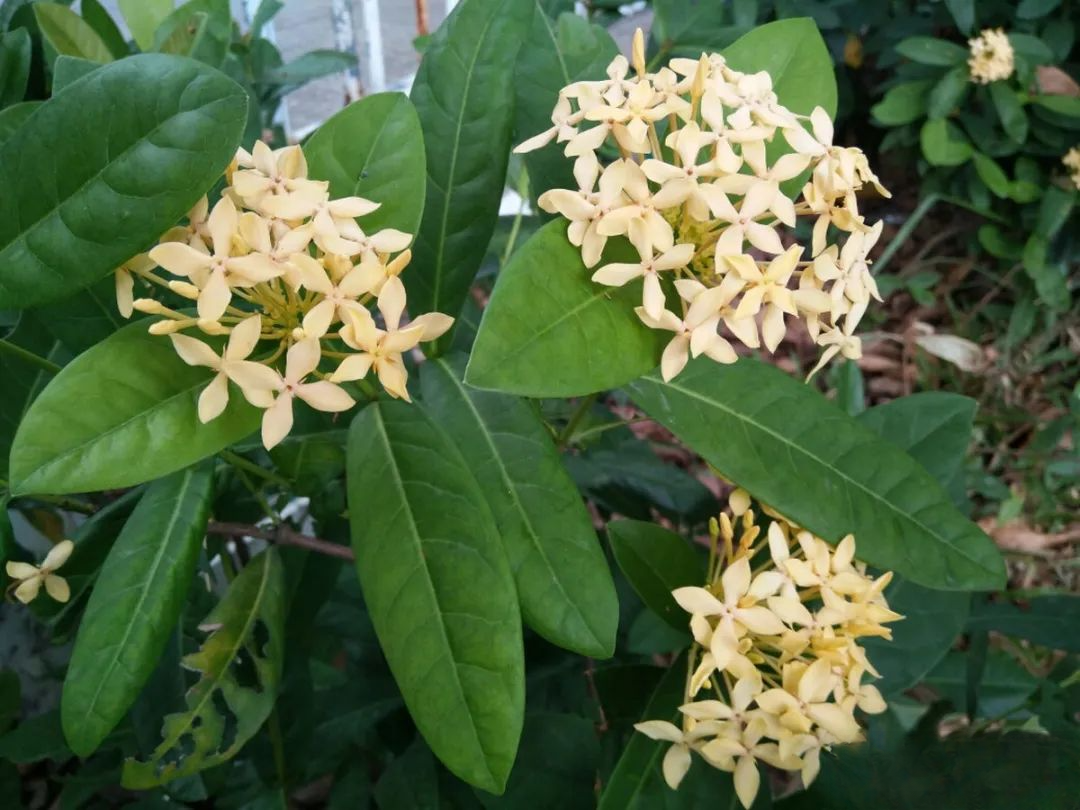

Summer Jin
When seeing the name summer pansy, everyone knows that it is a summer flower. Summer pansy is an annual herb. It is sown in spring and blooms in summer. The hotter the weather, the faster it grows. It only needs to be watered at ordinary times, and you can keep topping it to make it quickly turn into a big flower ball.
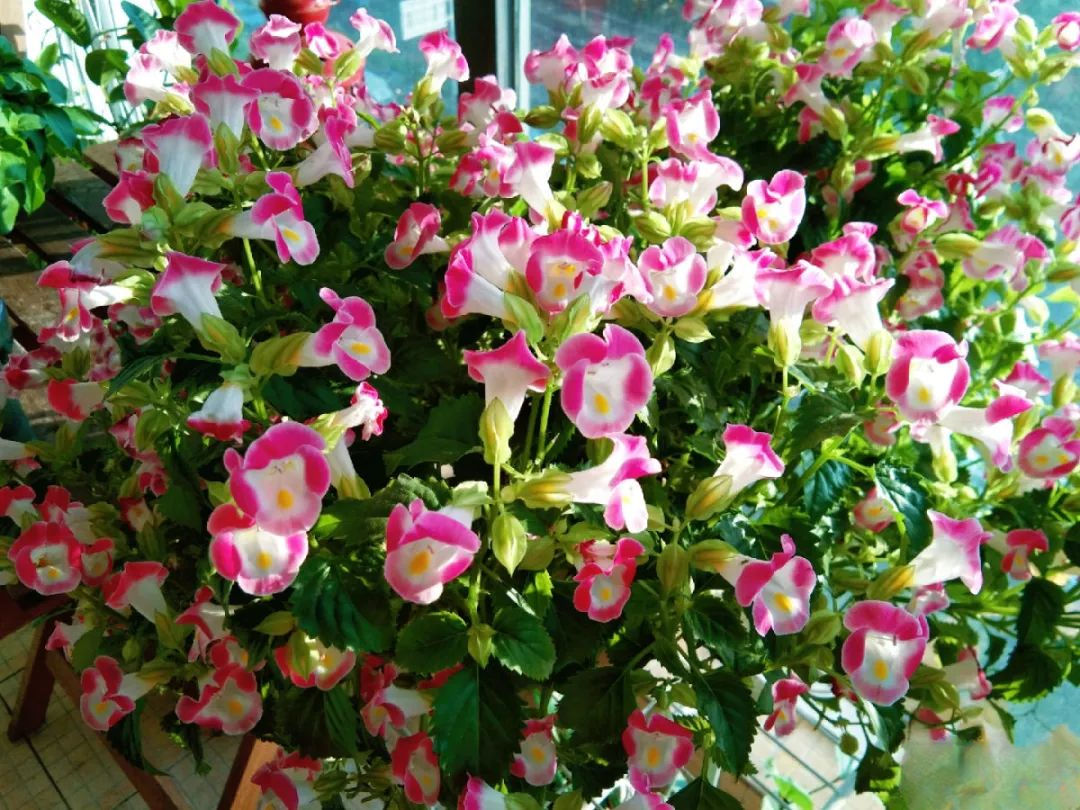
For small balconies that are hot in the summer and exposed to the west, you can grow summer pansies. The lush green leaves and cute little trumpet flowers make people feel full of energy just by looking at them. When the summer ends, if the indoor environment is not cold in autumn and winter, it will continue to bloom, and the seeds can be collected after it blooms.
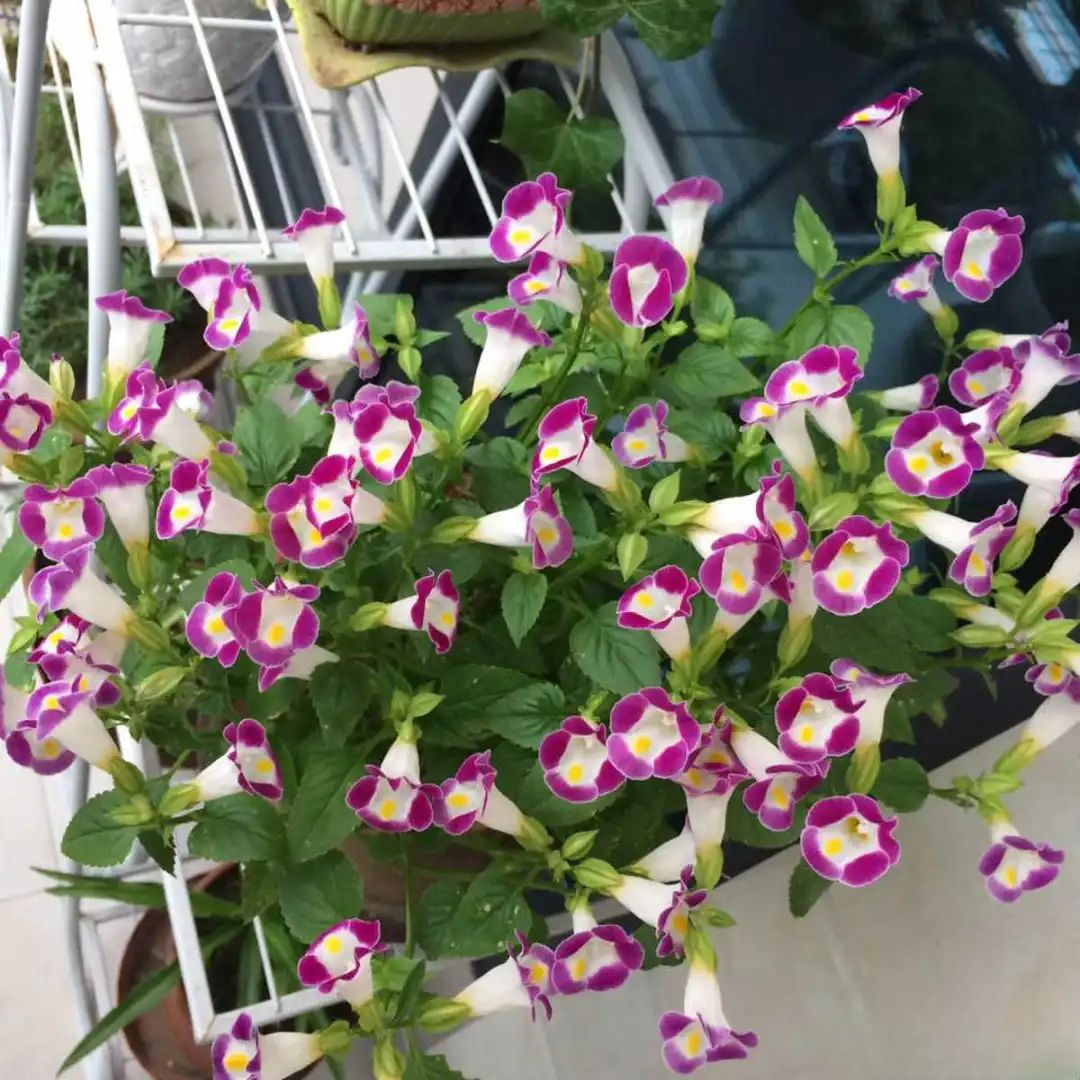

sunflower
There are many varieties of sunflowers. It is a bit late to plant sunflowers with melon seeds now. You can grow horticultural varieties, such as Glorious Years, Laughter, Strong Yellow, Teddy Bear (Golden Bear), Big Smile, Sun Spots, Teddy Bear and other varieties.
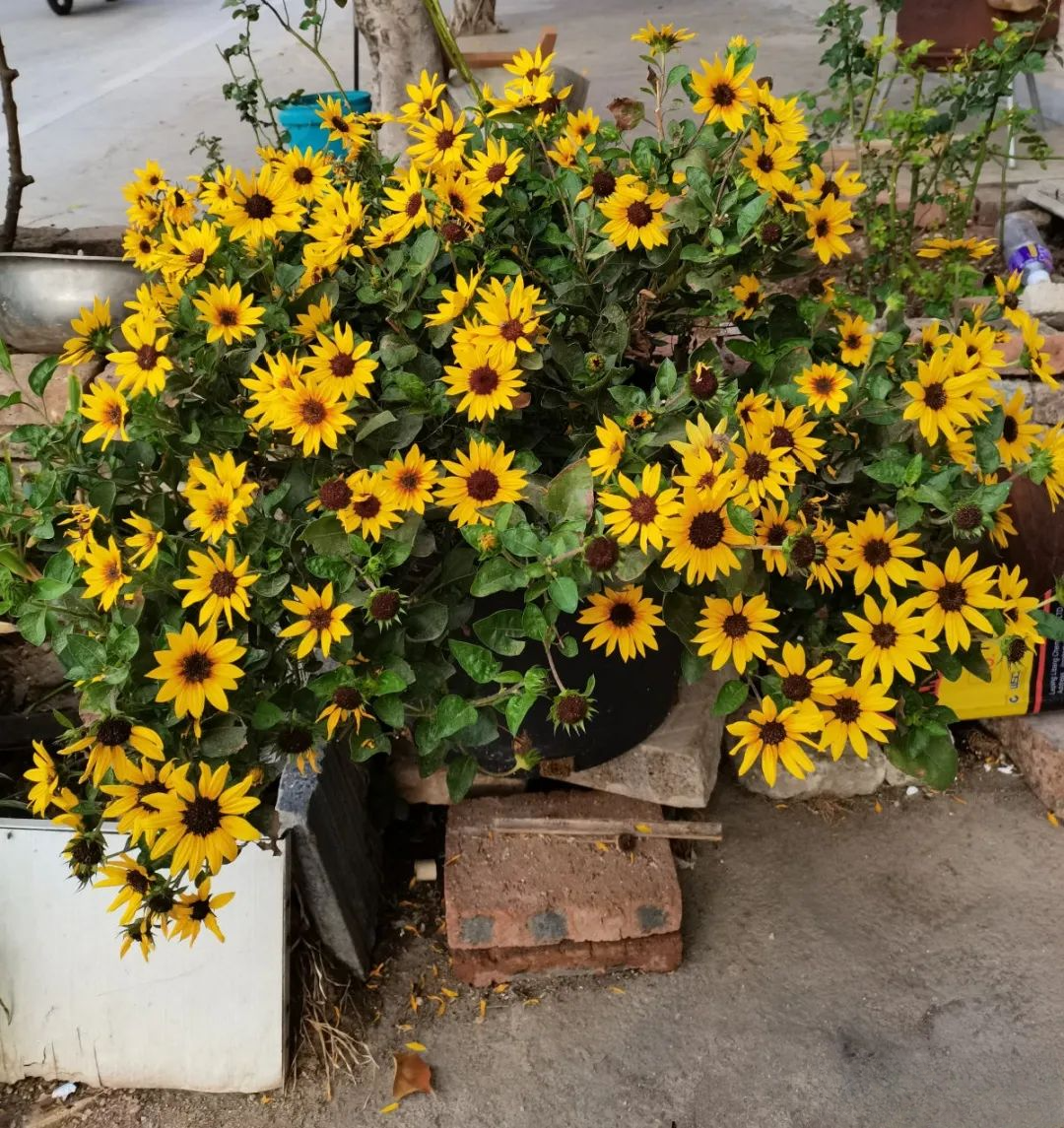
When growing sunflowers, be sure to place them in a location with good light. They are not afraid of the sun, and horticultural varieties will not grow too tall. Some are prone to clumping. They are suitable for ground planting or growing in large pots. They are not picky about the soil, and just water them thoroughly when the soil is dry. If the stamens are obvious, they may produce seeds.
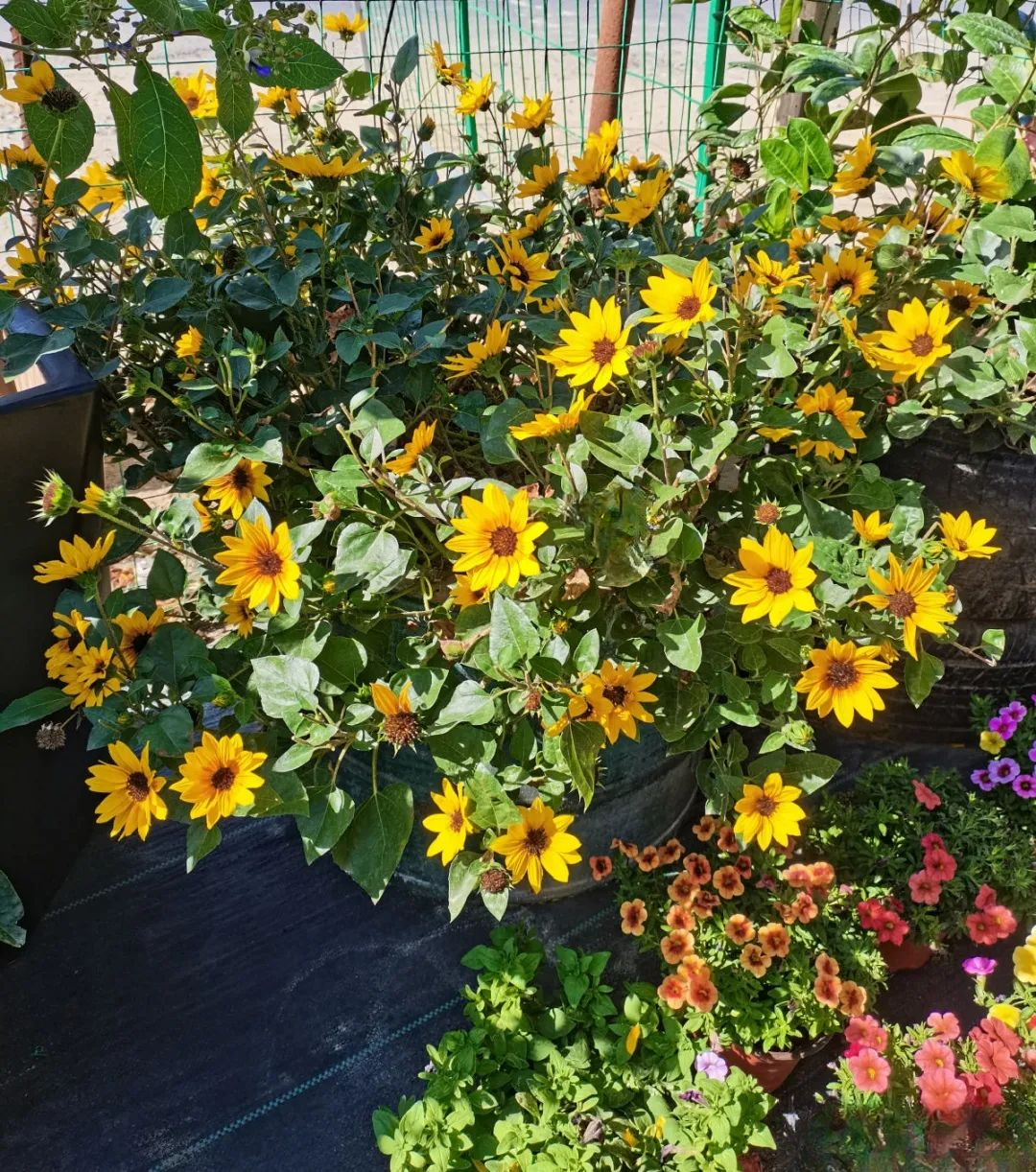

Zinnia
Zinnias are popular again this year. They are sun-resistant, heat-resistant, drought-resistant and barren-resistant. If you sow some seeds in spring, they will soon grow into a large patch. They can be grown in both the north and south. They are annual plants that produce seeds in spring, bloom in summer, produce seeds in autumn and hibernate in winter. There is no need to worry about overwintering.
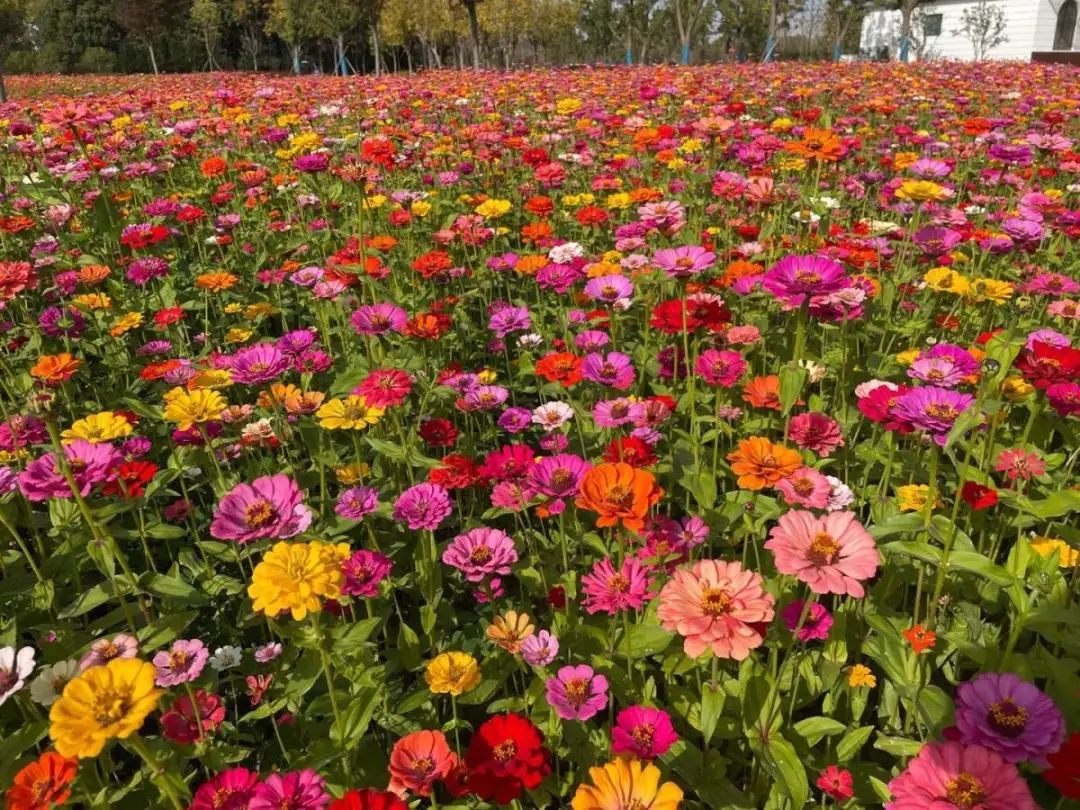
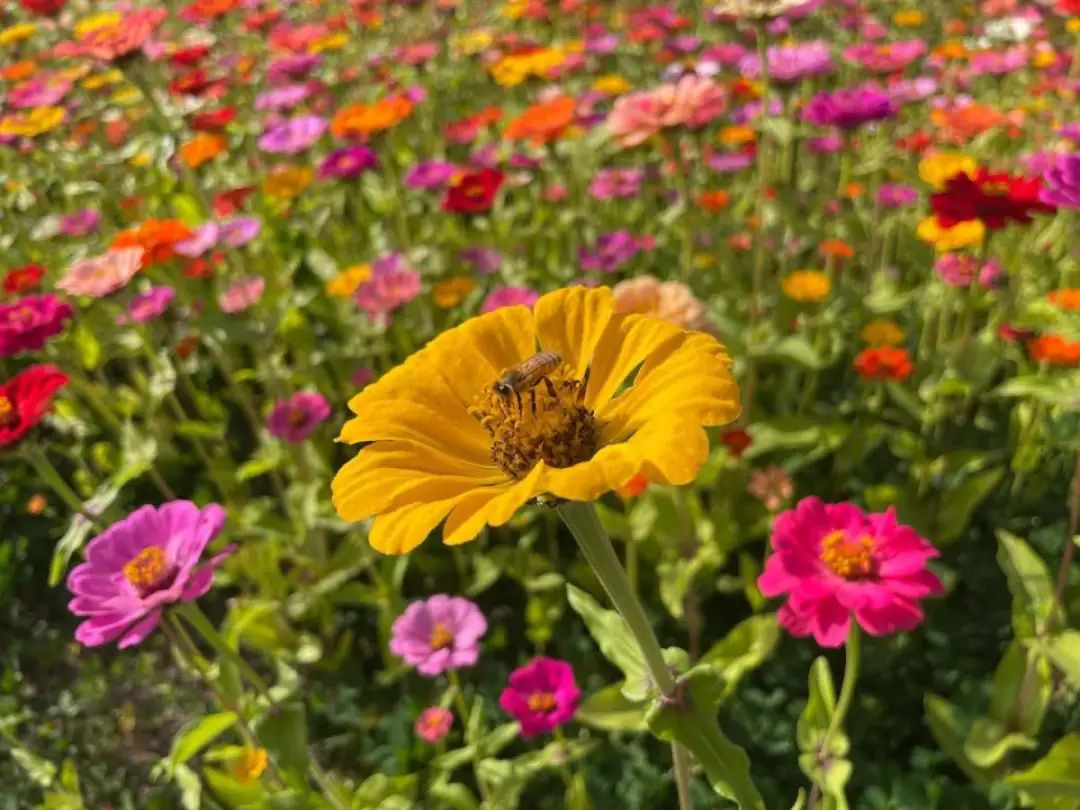
Zinnias come in many colors, so it is suitable to plant a mixed color field. A single flower blooms for 1-2 months, and it does not attract insects, which is very convenient. Collect the seeds before they wither in autumn and winter, and sow them in spring.
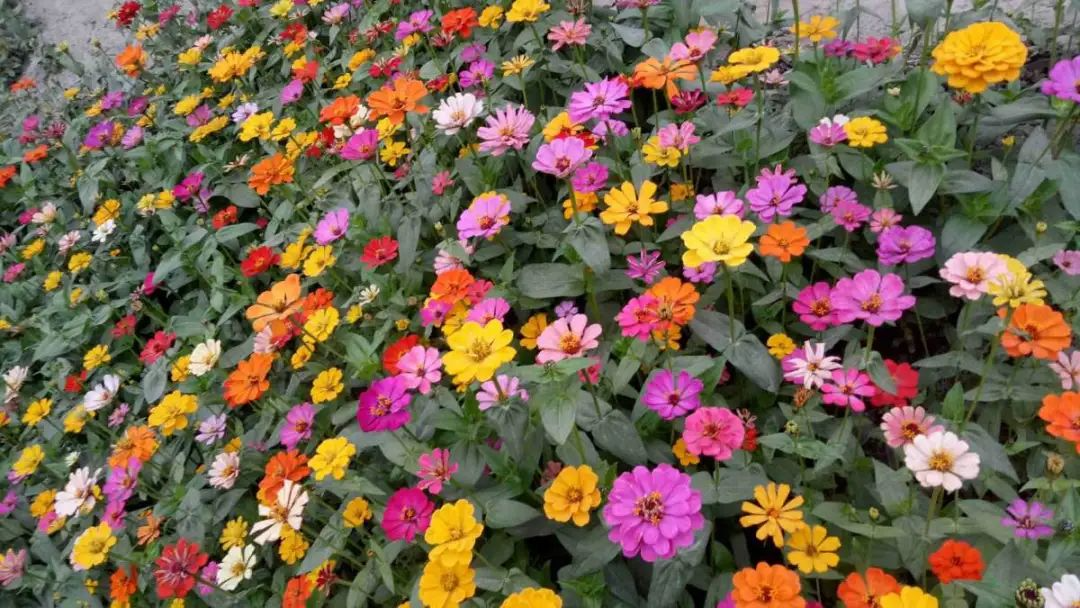

morning glory
Morning glory, also known as five-pointed star flower, is an annual twining herb. It germinates and grows in spring and summer, blooms in summer and autumn, and withers in winter. It is very suitable for growing in small spaces and in environments with hot summers and cold winters, and there is no need to worry about overwintering.
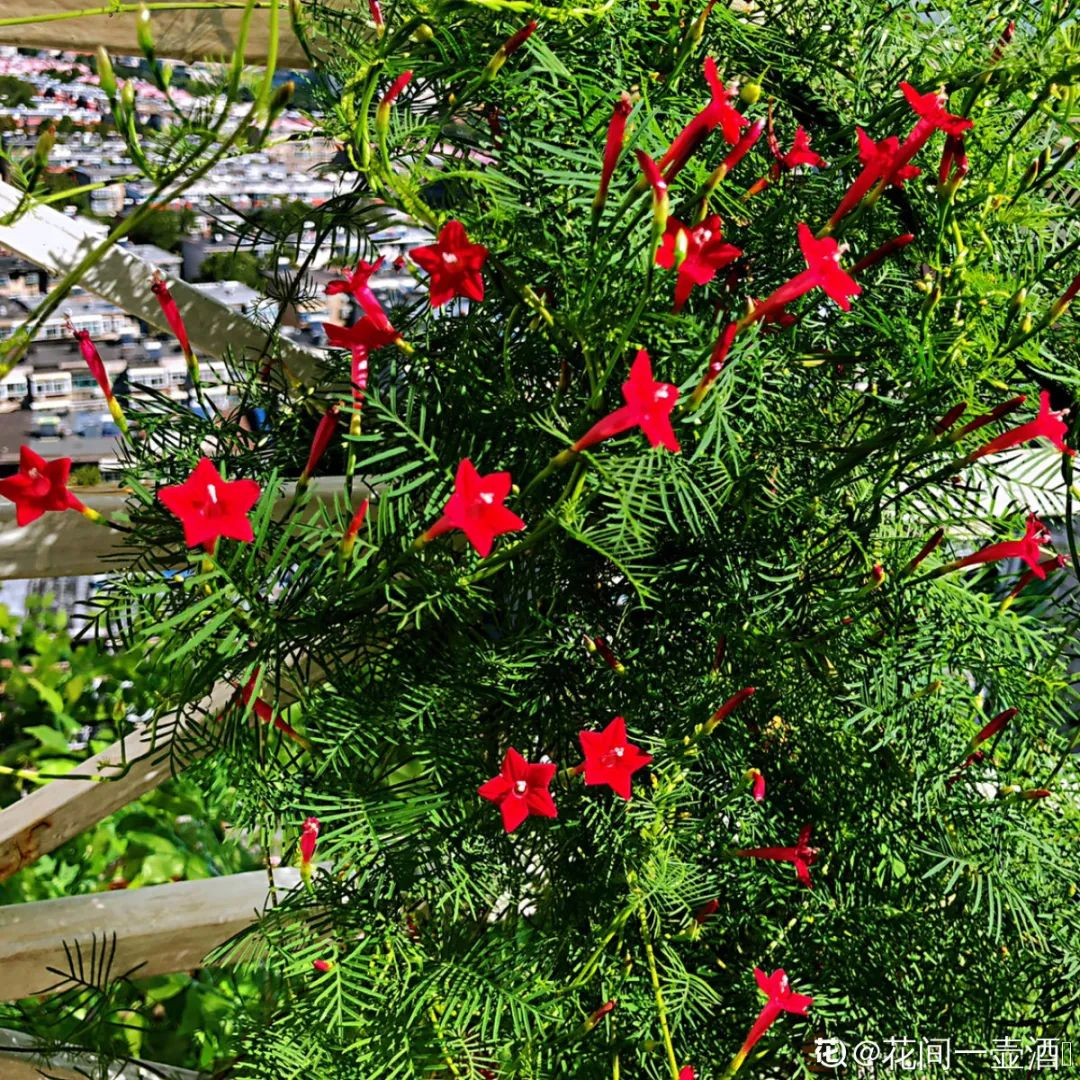
Morning glory grows very fast and likes to climb. You have to erect a flower stand from the time it is a seedling, otherwise it will climb aimlessly and entangle other plants around it, affecting their growth. It will bear seeds in October and November, so remember to collect the seeds.


Lotus
Bowl lotus is a miniature lotus, suitable for home potted viewing. Bowl lotus is divided into ultra-miniature (12 cm pot), miniature (15 cm pot), small (18 cm pot), medium (20 cm pot), and large (25 cm pot). The diameter of the flower pot in brackets is for a single plant. The>
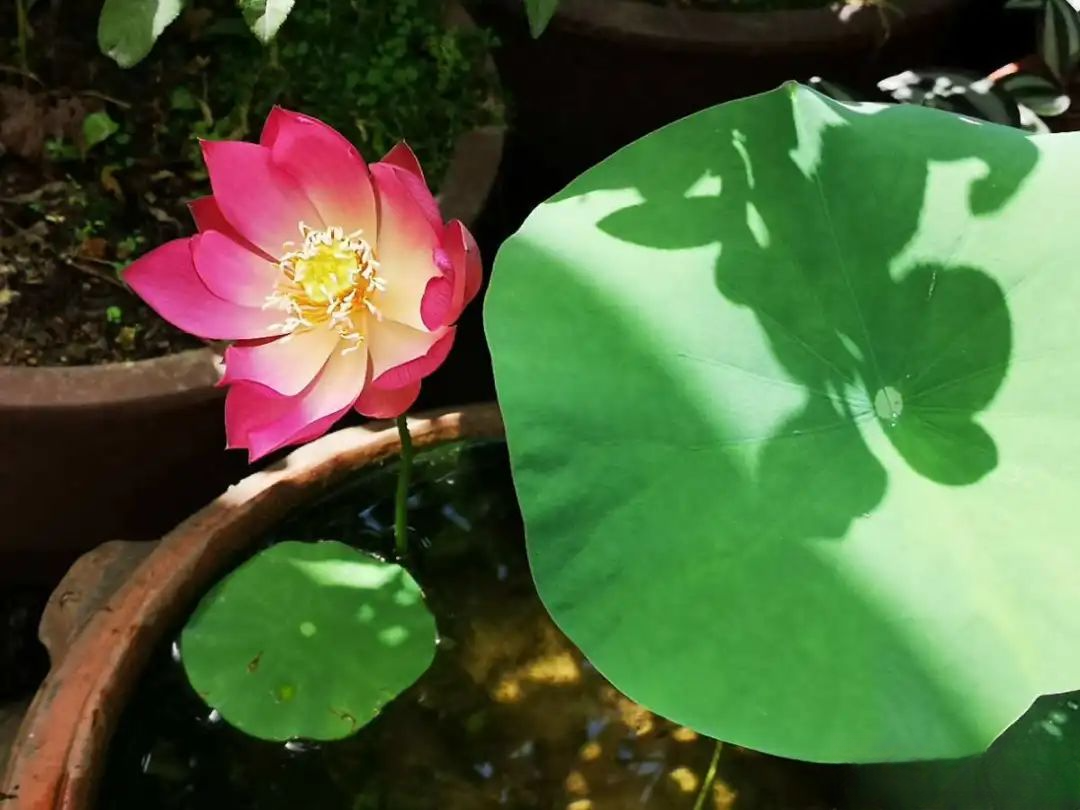
It is easy to encounter fakes when sowing water lily seeds. It is best to plant lotus roots directly, especially after the weather gets hot. It is better to plant lotus roots with buds and leaves. Cover the lotus roots with clean mud, cover them with 2-3 cm of water, let it settle until the water is clear, and place them in a sunny and ventilated place. The flowering period ranges from June to October.
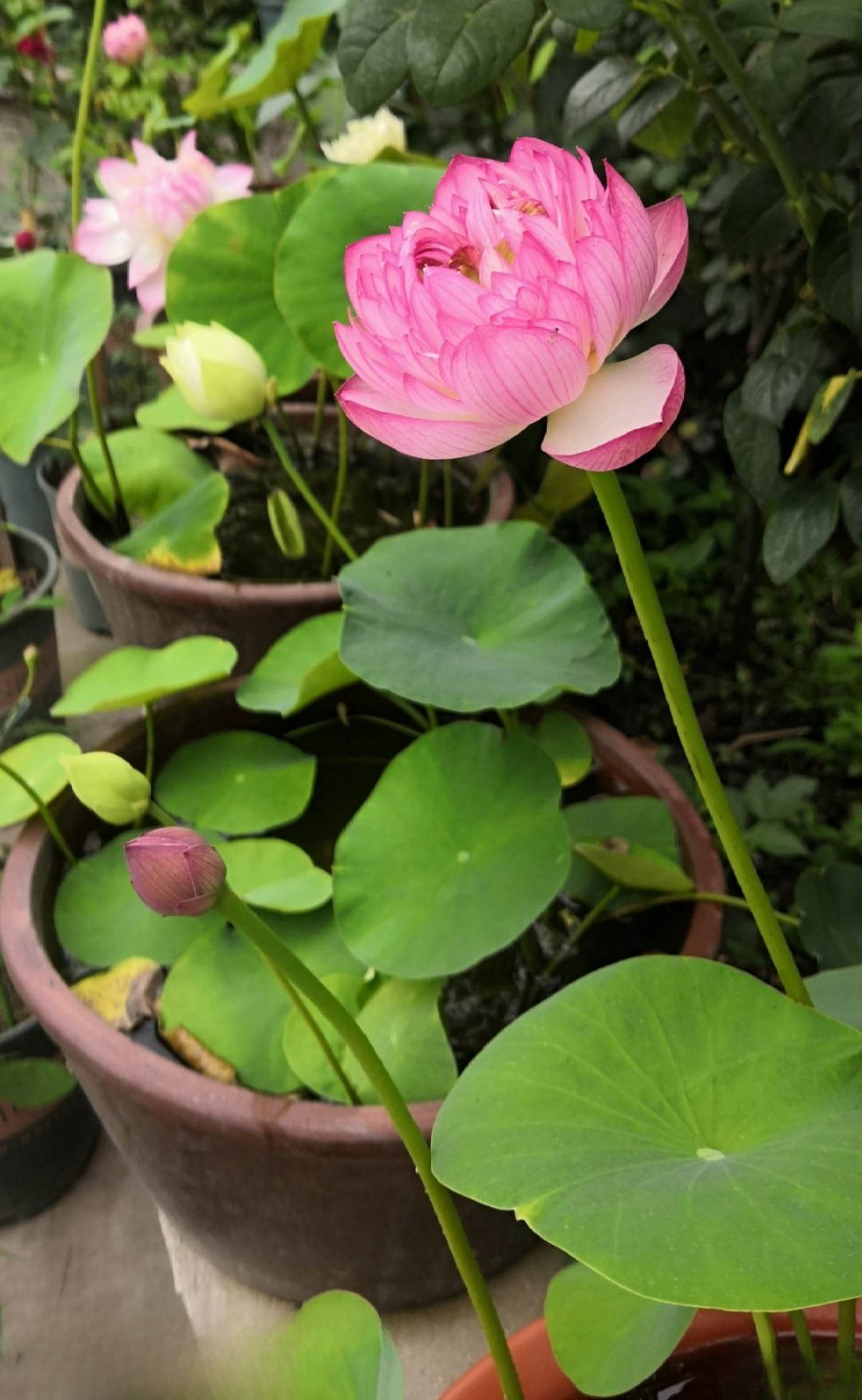
Bowl lotus likes fertilizer. If it is only grown in mud soil, it is best to mix some fermented sheep manure fertilizer. It can also be used for flowers in other growth periods. Today's sheep manure fertilizer is 20% off. Flower lovers can stock up. Click the picture below to buy:
 Transaction guarantee Huahua preferred mall sheep manure fertilizer, special price entry applet
Transaction guarantee Huahua preferred mall sheep manure fertilizer, special price entry applet
(Click on the picture to buy sheep manure fertilizer)

Lingxiao
When it comes to heat and sun resistance, Trumpet Creeper is definitely a strong player, but it is also destructive. If its roots are too deep and too far, it will destroy the planting environment around the house and affect the growth of other plants. In serious cases, it can even damage the walls and create a safety hazard, so everyone should be careful when growing it.
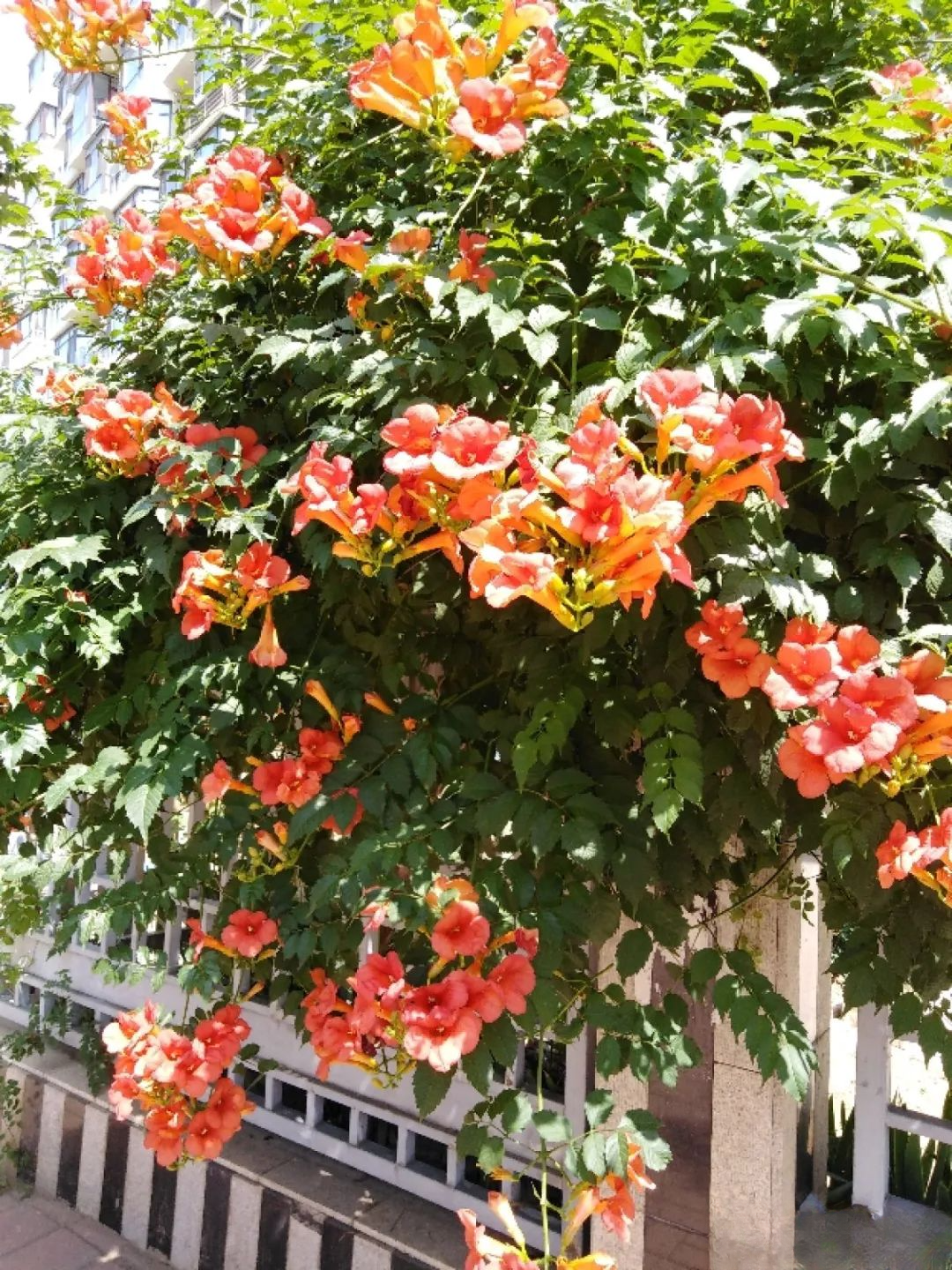
Recently, some flower lovers asked me about the pink trumpet creeper variety. This variety is native to Africa, does not climb, and does not grow tall. It is usually grown in potted plants and is not cold-resistant, so it cannot be planted in the ground in central and northern China.
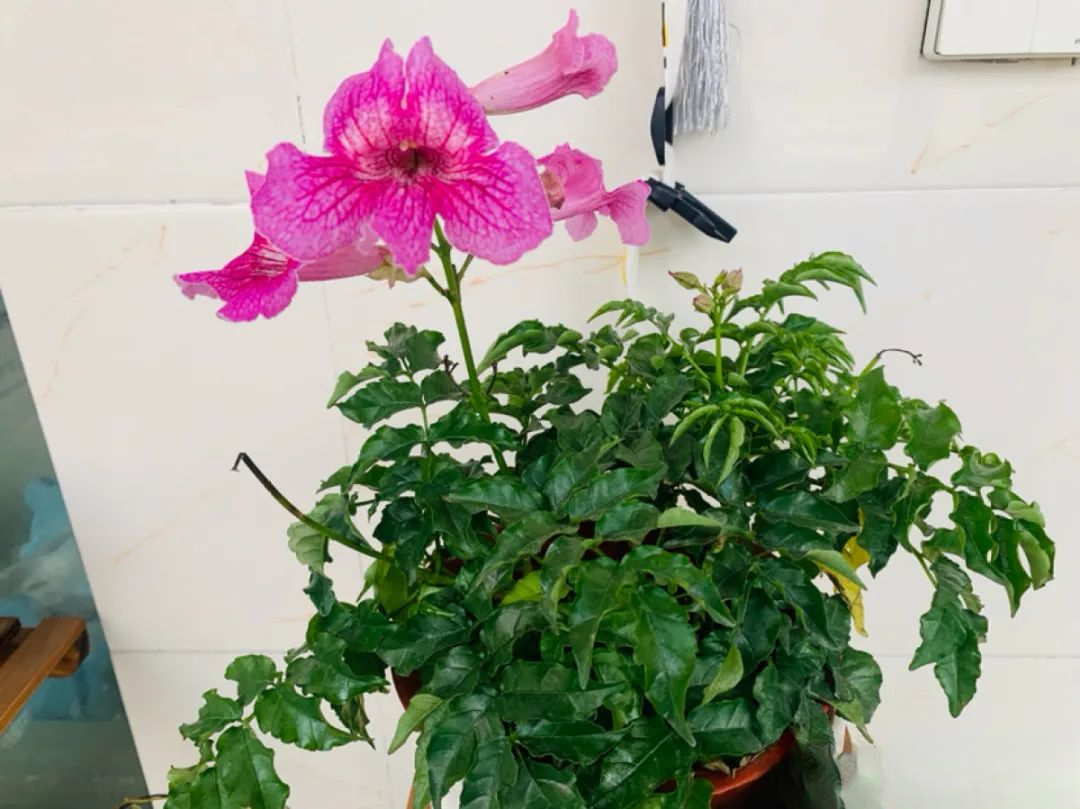

Red
In the hot summer, planting some impatiens is the most appropriate. The green leaves and red flowers look very energetic. Impatiens is an annual herb, which is sown in spring from February to March. It sprouts quickly and will bloom in about 100 days.
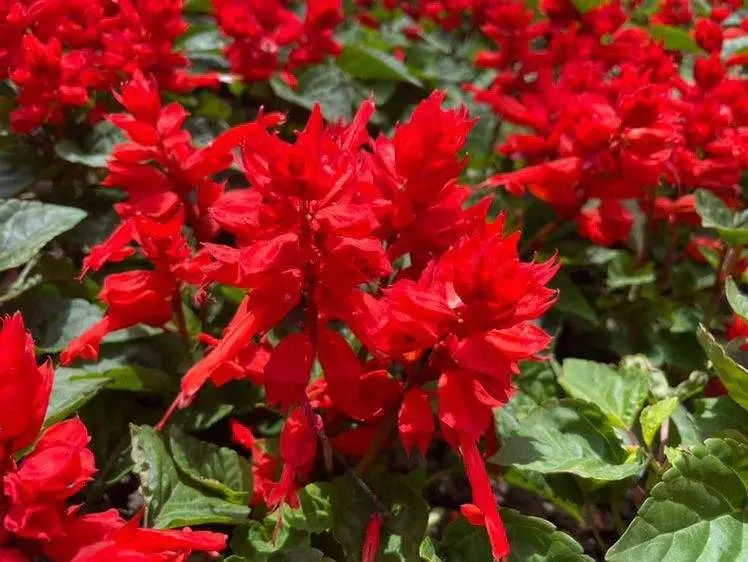
The salvia can tolerate both sunlight and partial shade, and can also be grown in an open space under a tree with scattered light. The flowering period is as long as 1-2 months. When I was a child, I picked its flowers and ate the nectar, which was sweet. The seeds can be collected in autumn, and the withered plants can be cleaned up in winter, which is very convenient.
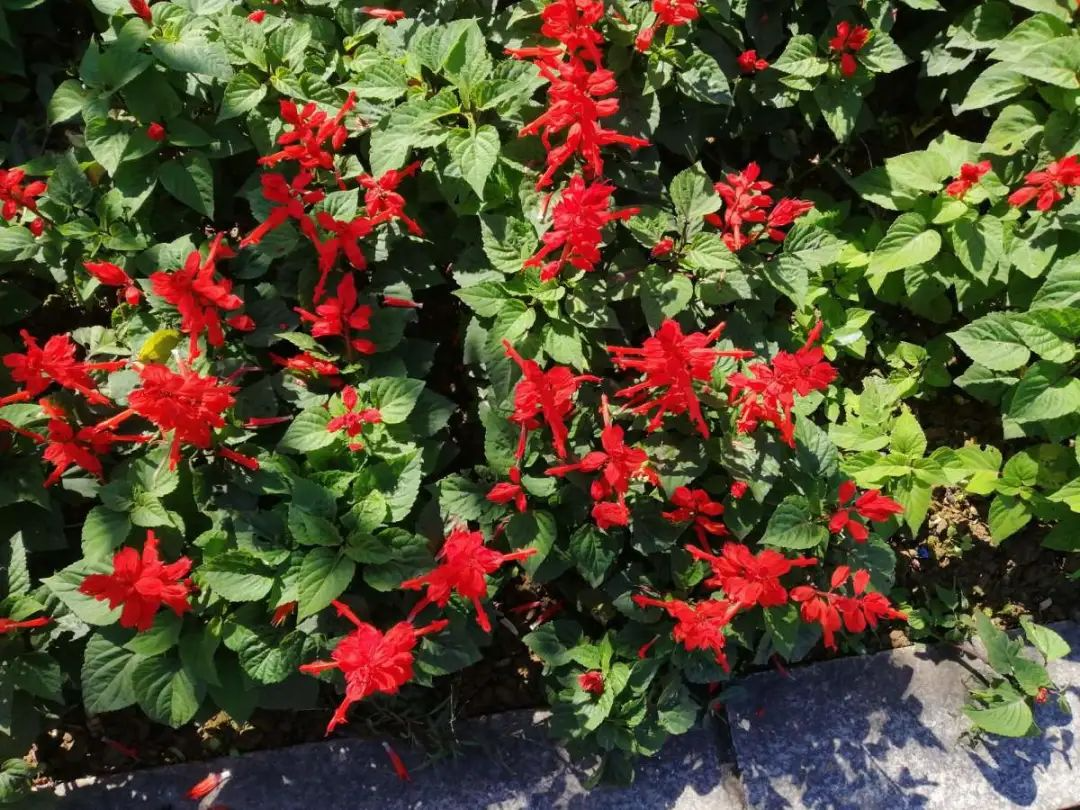

Maidenhair
Marigold, also known as marigold, is a very hardy herbaceous flower. It is an annual that sprouts in spring, blooms in summer and autumn, and its seeds can be harvested in winter. It is heat-resistant, sun-resistant, and barren-resistant, and can be grown on the hard and bare soil in the north.
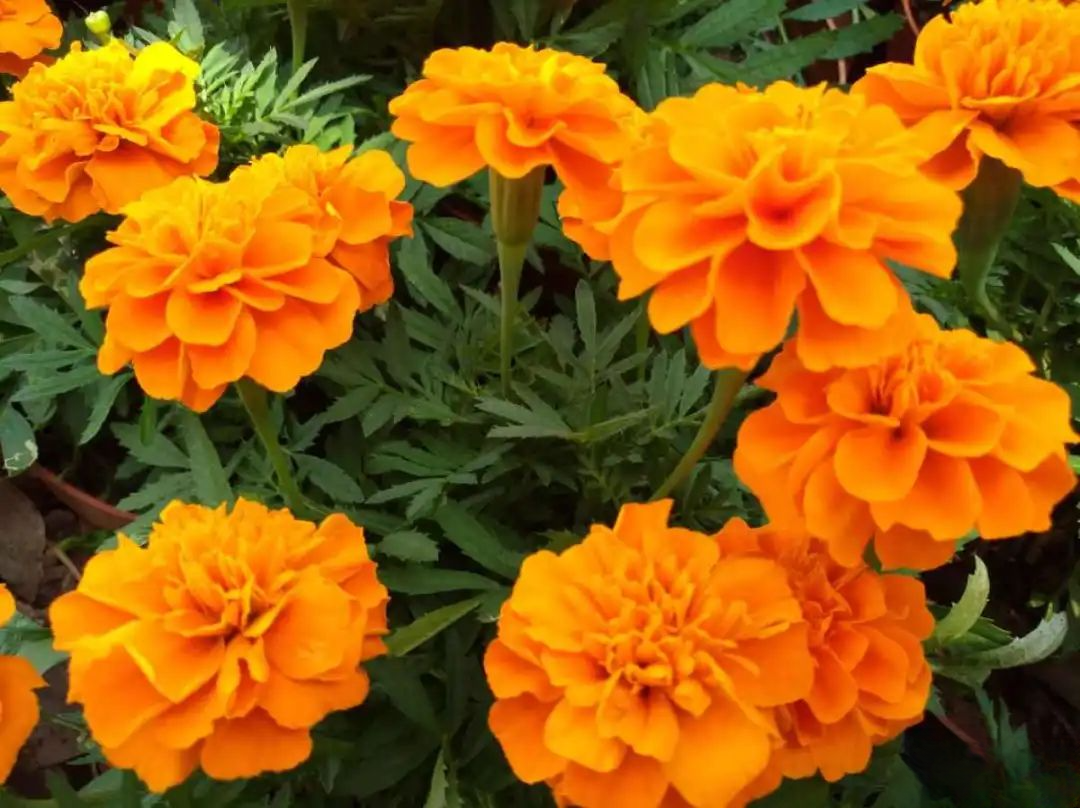
Mauve is also a common flower in green belts. Its smell can also repel mosquitoes. If you are worried that mosquitoes may hide in the flowers at home, you can plant some of it and mosquitoes will not dare to approach.
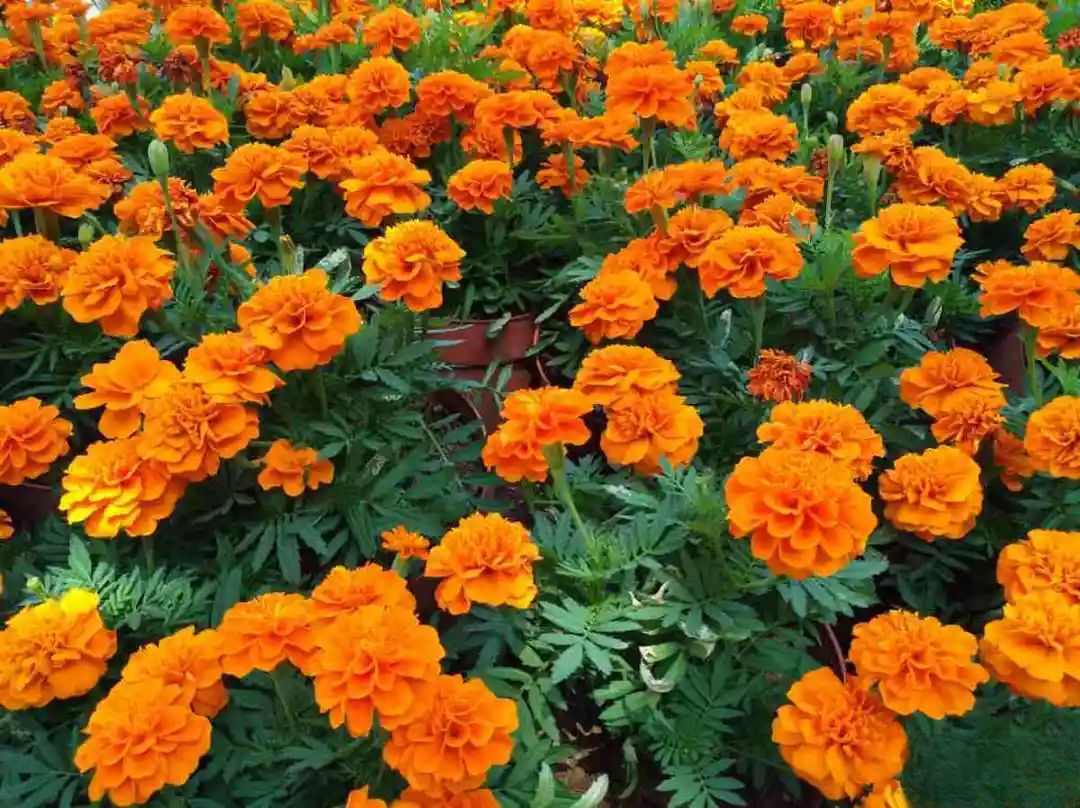

Impatiens
When I was a child, I could see Impatiens everywhere in front of and behind the house in the summer. Its flowers could be used to dye nails. Rural children should have played with it.  When I grew up, I could only reminisce about it. Plant a few if I had the chance. Impatiens is suitable for planting in an environment with scattered light and moist soil, and can also be planted in pots.
When I grew up, I could only reminisce about it. Plant a few if I had the chance. Impatiens is suitable for planting in an environment with scattered light and moist soil, and can also be planted in pots.
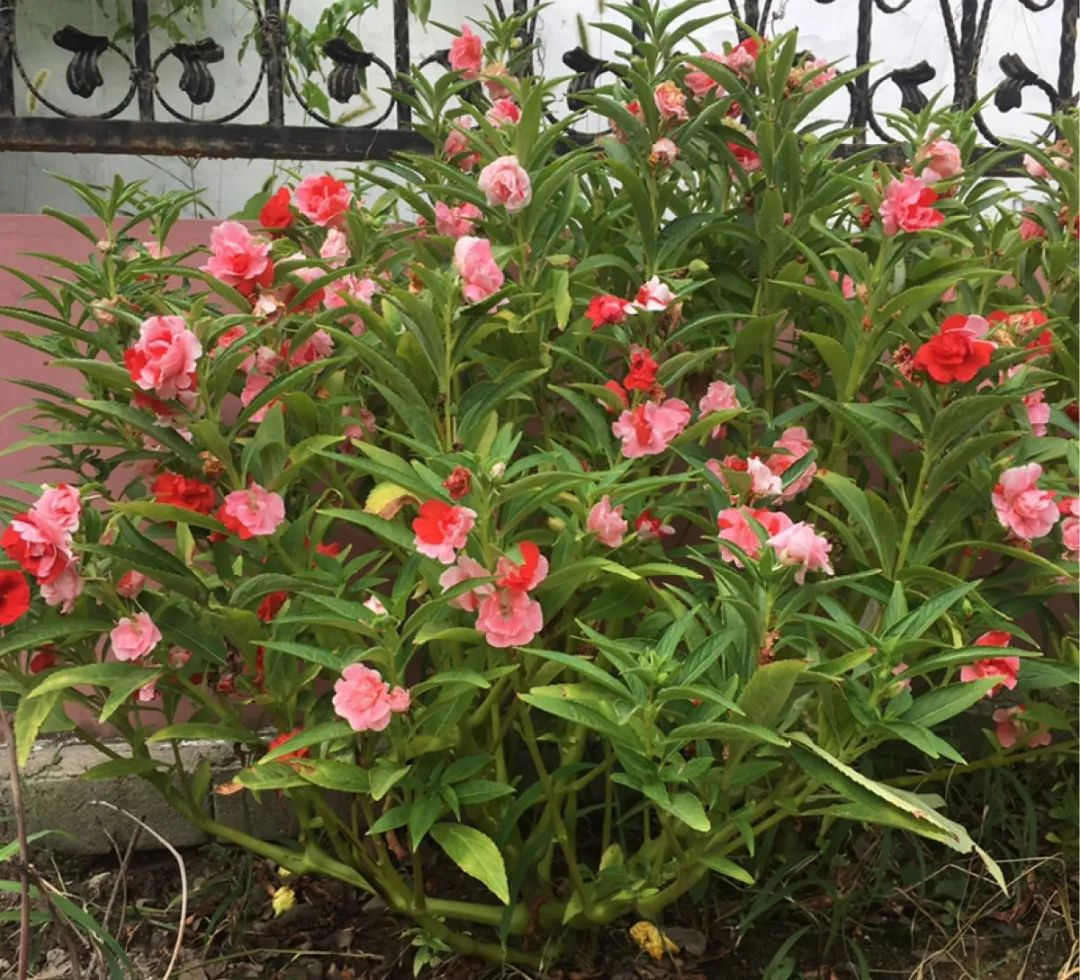
Let me tell you here that the African Impatiens is different from our native Impatiens. It is a perennial, with a longer flowering period from June to October, and many varieties of flowers, including very fairy double-petaled varieties, like small camellia, which is more suitable for gardening.
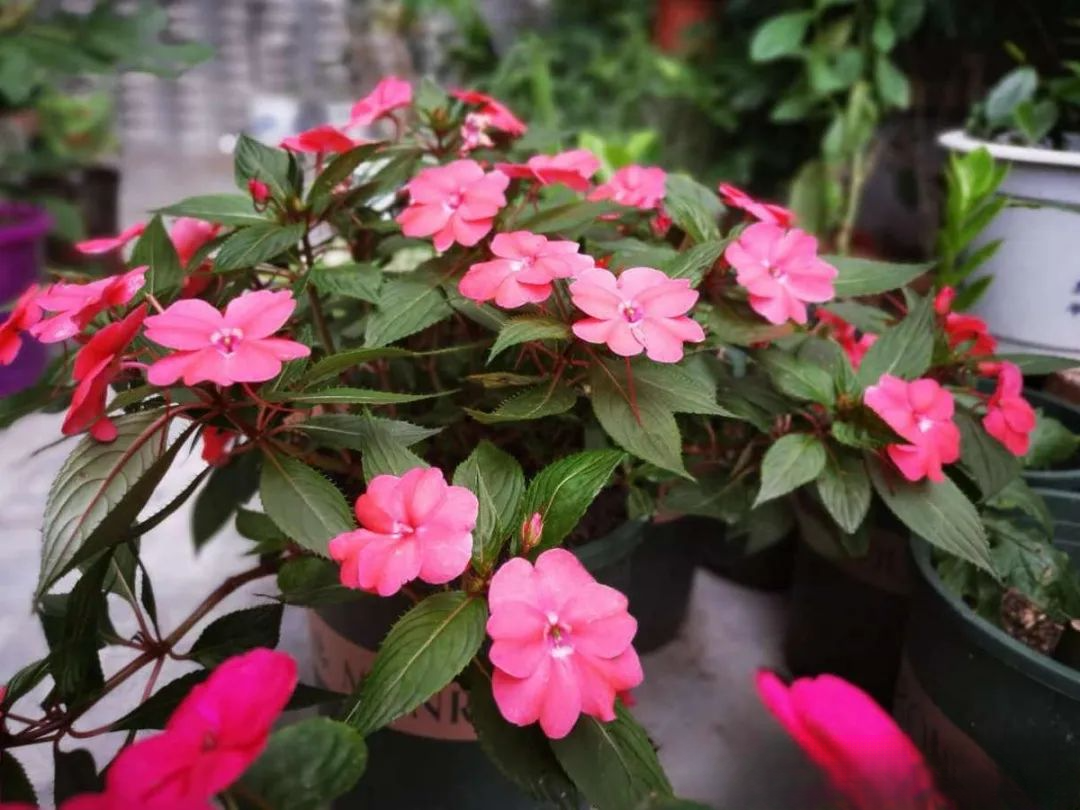
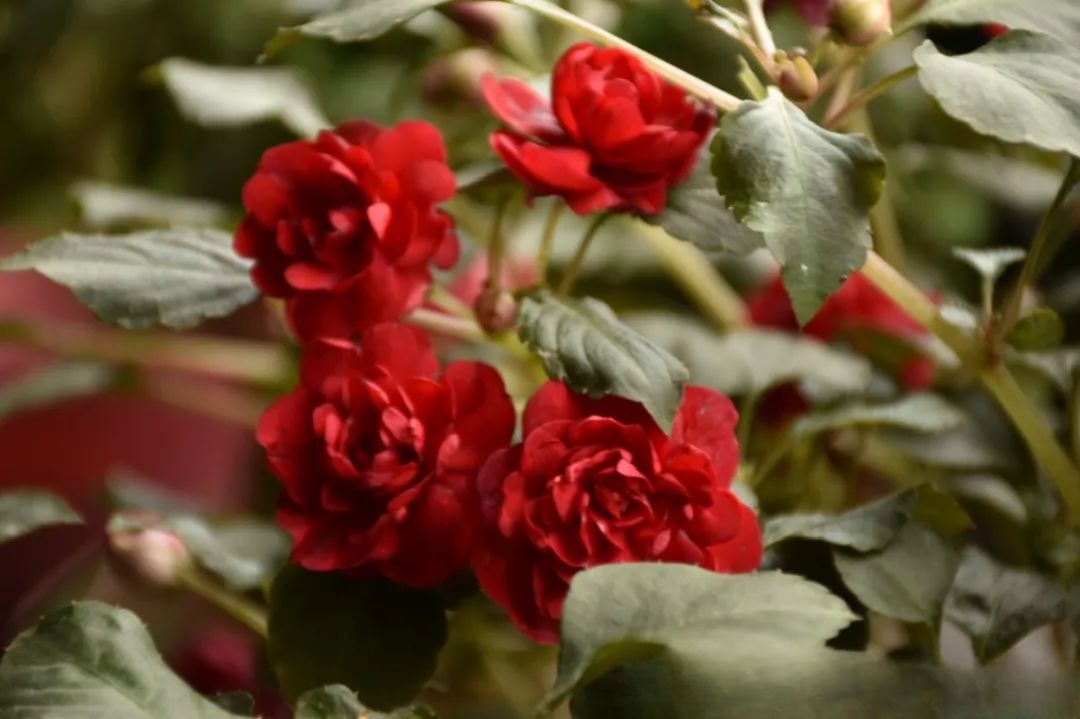

Canna
In the hot summer, admiring a canna can always bring a touch of coolness. Canna in the north blooms from June to October, while in the south it can bloom all year round, giving it the temperament of a tropical rain forest.
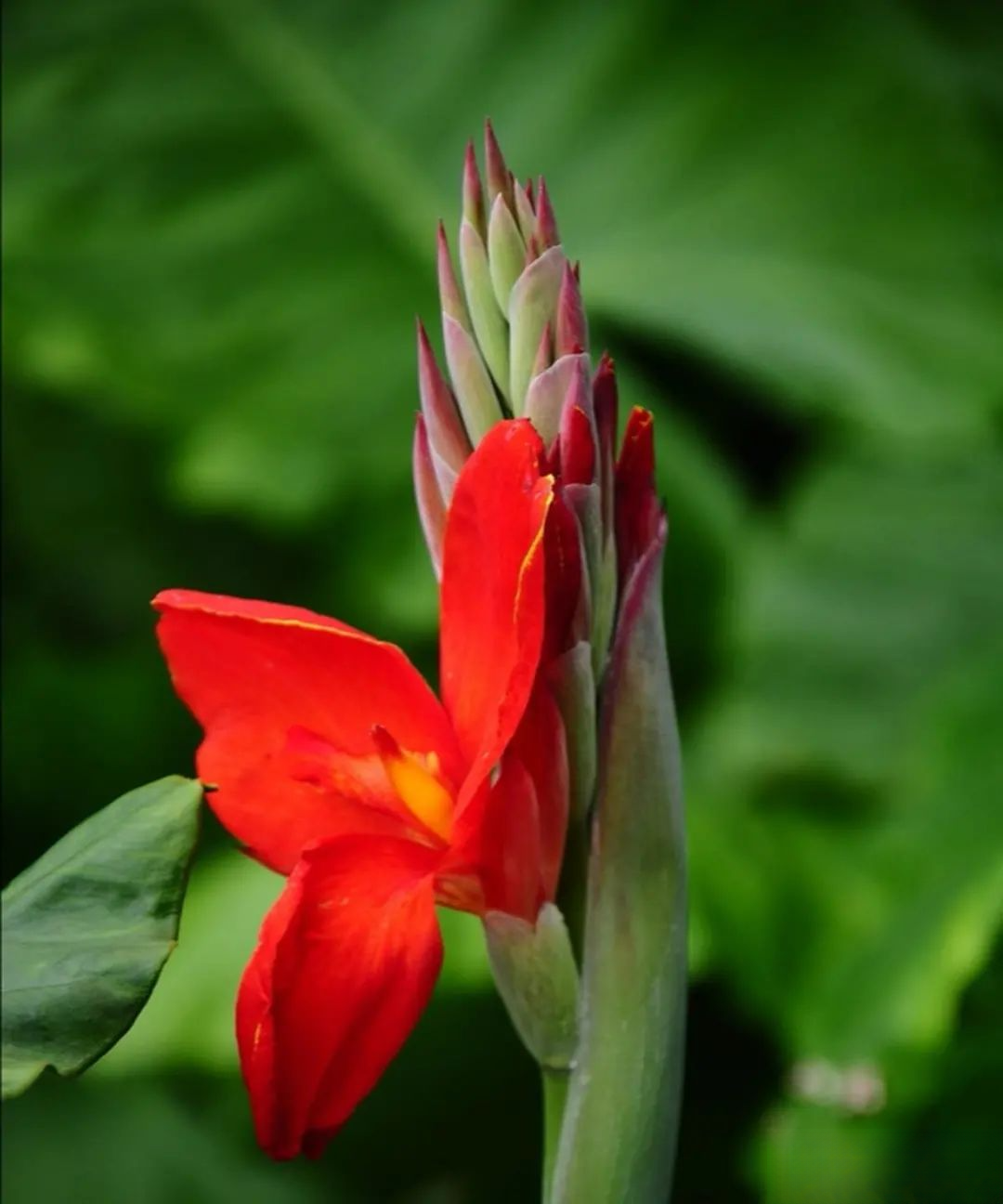
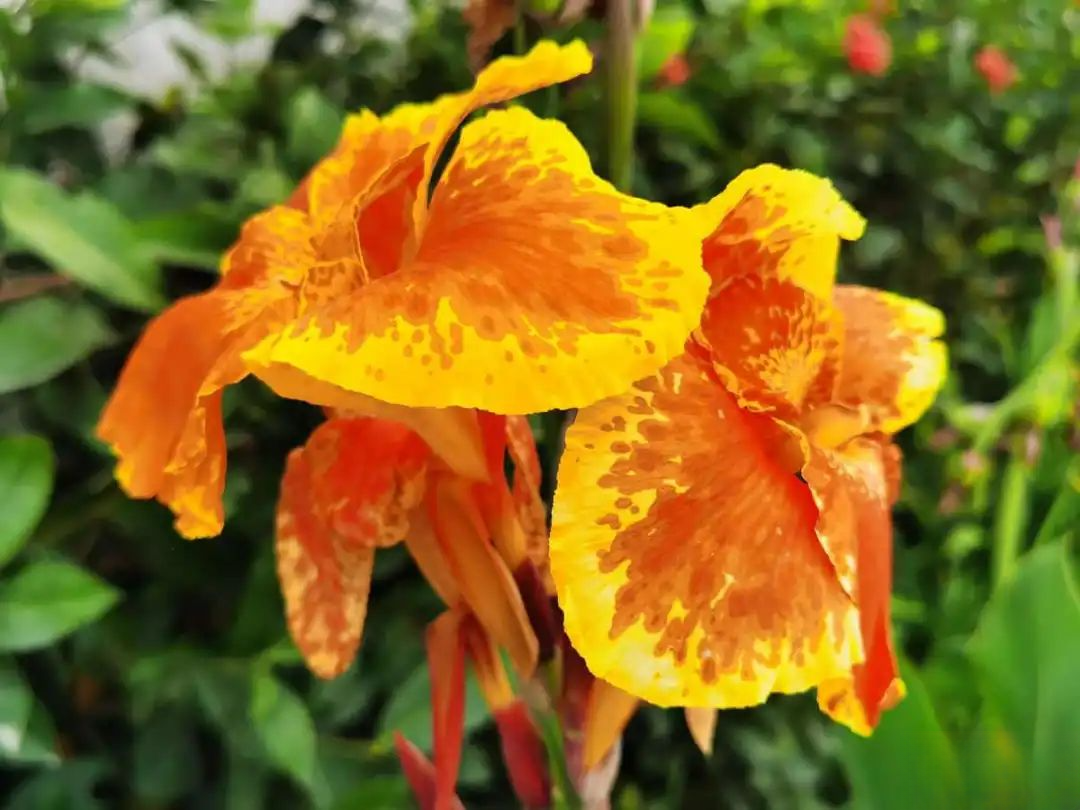
Canna is a perennial and is suitable for planting in a diffuse light and humid environment. The soil should not be too hard or too poor. It is better to be loose and moist. It is green all year round in the south, but will wither in winter in the central and northern regions. If the temperature is not lower than minus 15 degrees, it will sprout again in the second year.
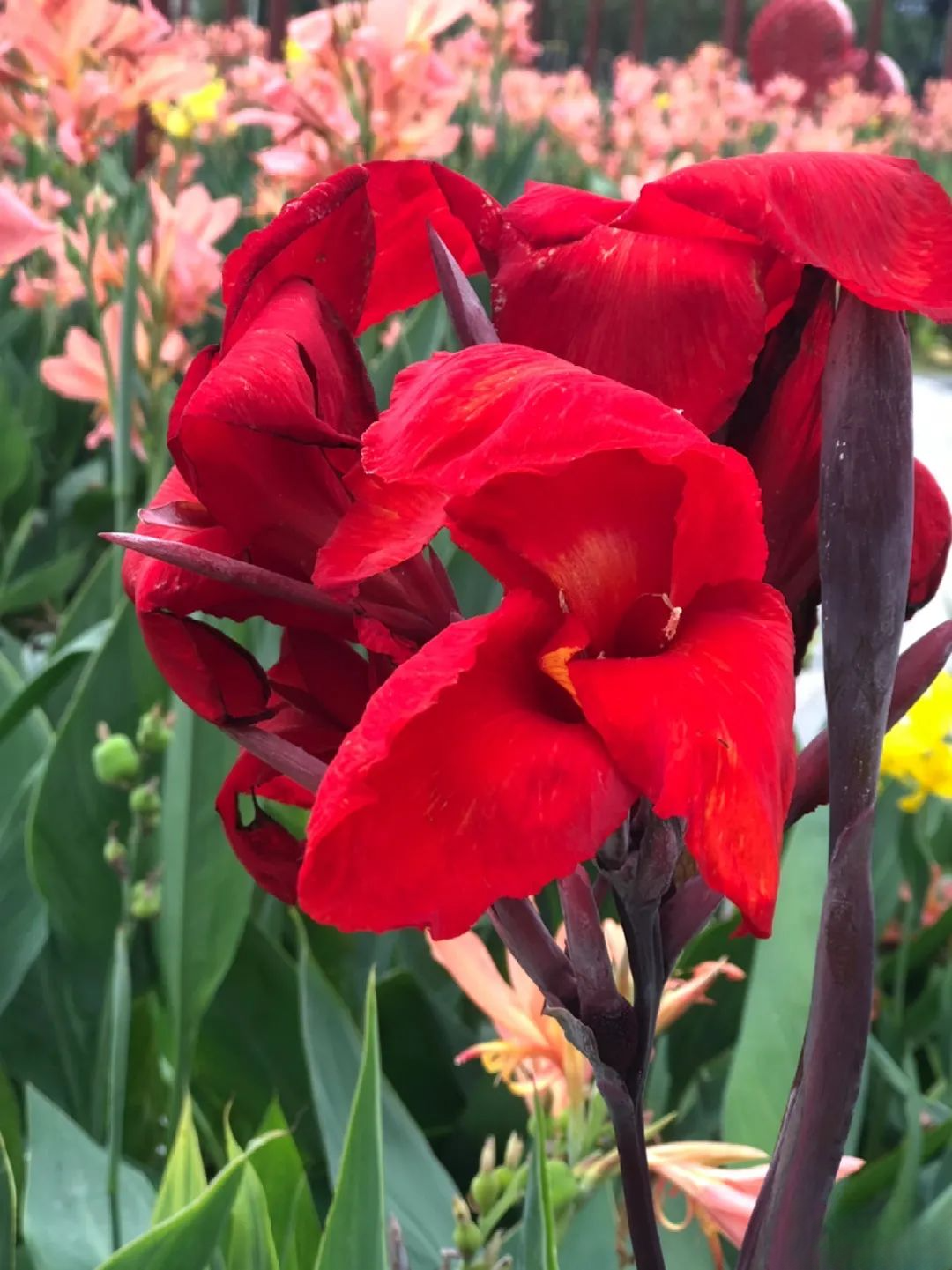

Sunflower
The common name of sunflower means immortal. It can bloom even in the hottest and sunniest places in summer, and the more it is exposed to the sun, the more flower buds it produces. It can be called the "cockroach" of the plant world. It will survive if you pinch the roots and stick them in the soil. The flowering period is from April to October, and it can bloom all year round in the south.
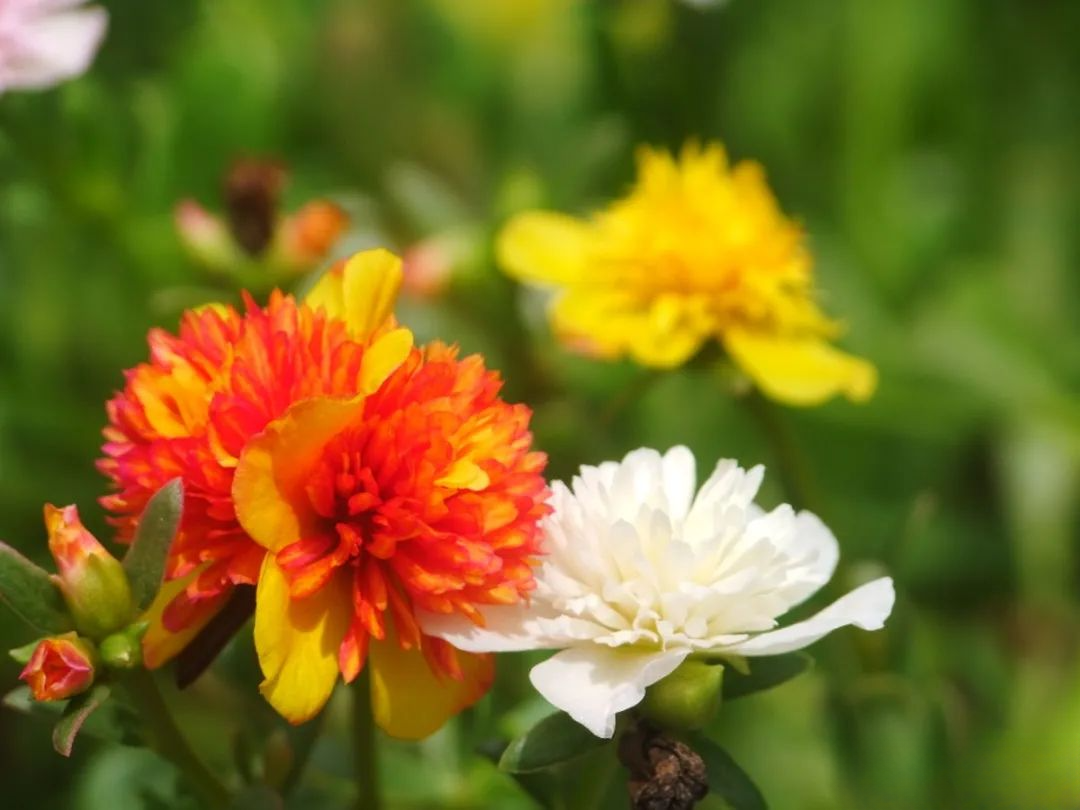
Some flower lovers say that it is difficult to grow sunflowers. It may be due to insufficient light, too long and aging branches. You can move them to a sunny place, pinch the branches and re-graft them, and they will bloom soon. When there is insufficient light, water less to avoid excessive growth.
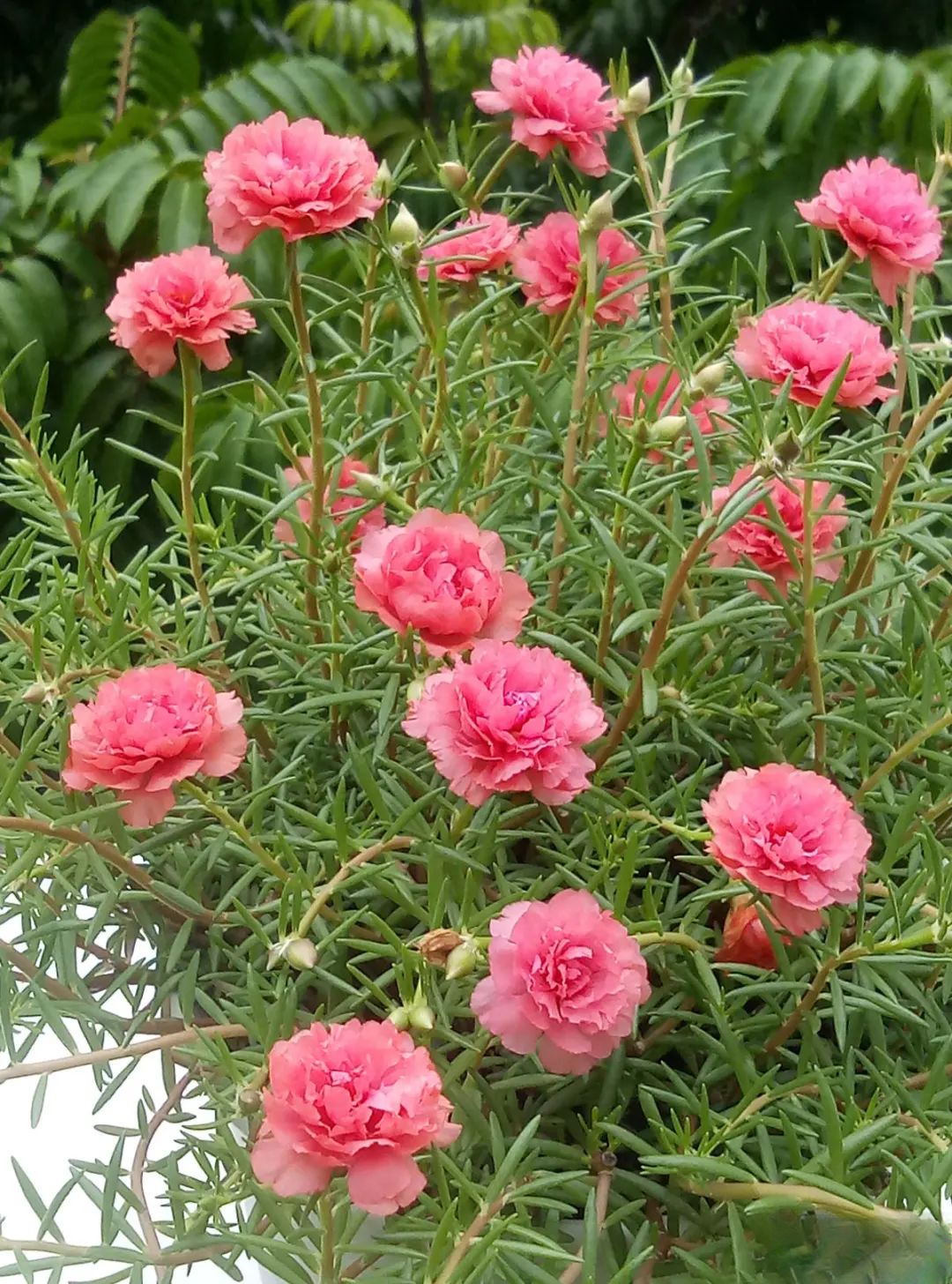

Coreopsis
In summer, many parks and scenic spots use coreopsis to create flower fields. This herbaceous chrysanthemum grows very fast and can grow into a whole piece in 2-3 months (the seedlings can be planted 20-30 cm apart) and can bloom at temperatures above 16 degrees.
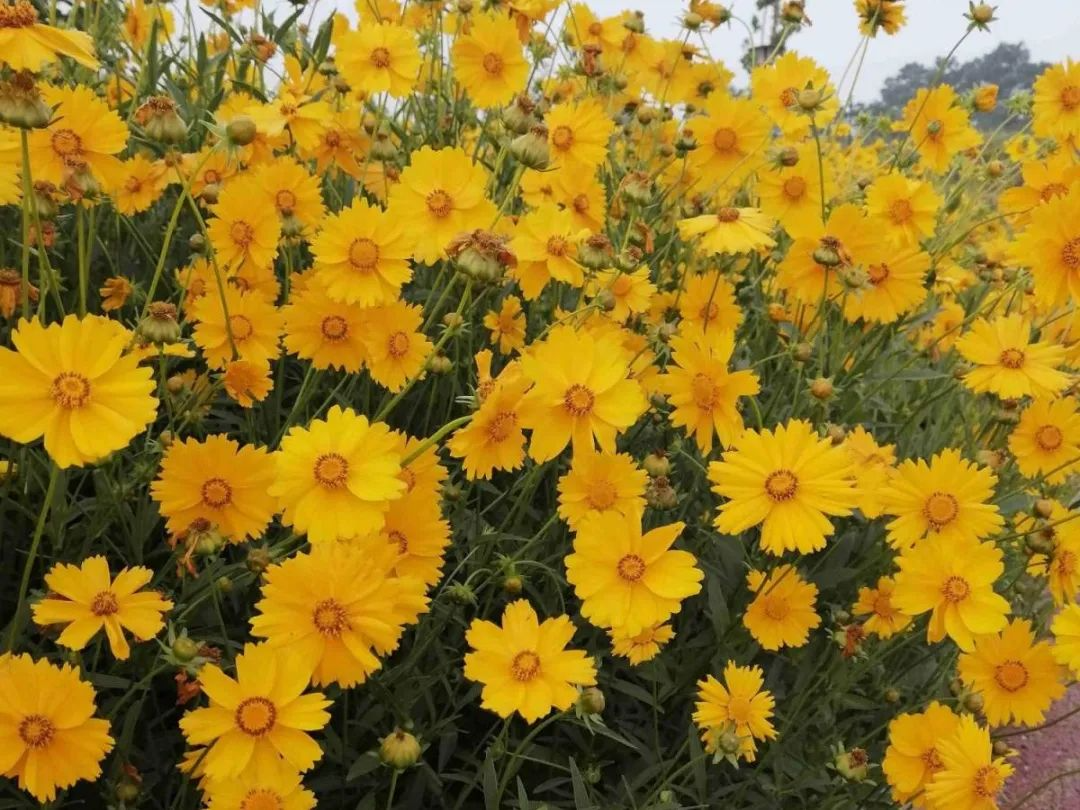
Coreopsis is not prone to insects and is very easy to grow. As long as there is a little sunlight, flower buds will appear. It can also be grown on a windowsill with short daylight. If pollinated by natural wind and insects, it can also produce seeds. It can be grown in a normal pot for 1-2 years and propagated by sowing in spring and autumn.
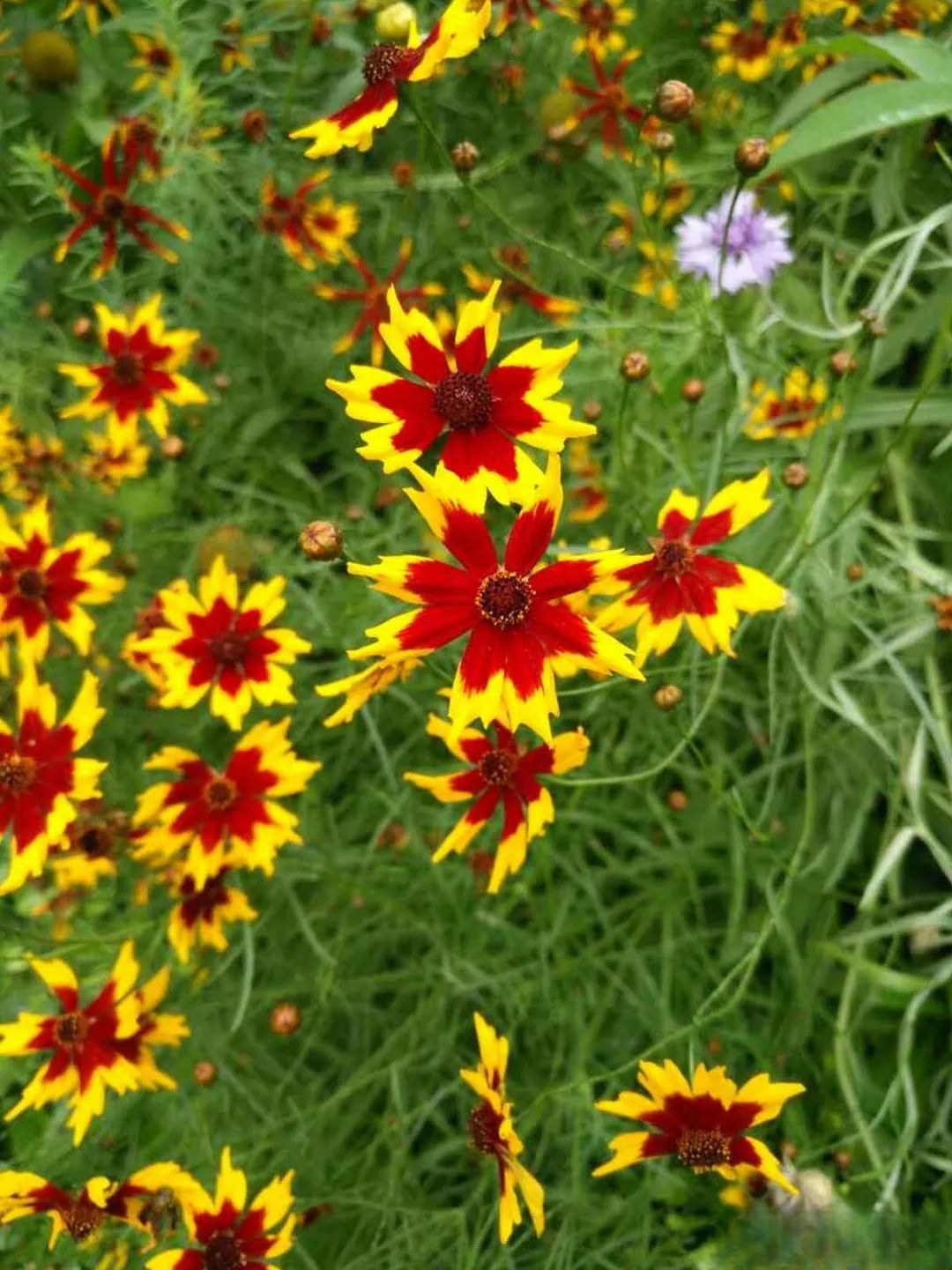
There are 6 colors of miniature coreopsis, which are very colorful when grown together. They bloom all year round and can be grown on small windowsills. I keep all the flowers for myself. Click on the picture below to buy them:

Blue Snowflake
Speaking of flowers that cannot be killed by heat or sun, blue snow flower definitely deserves the title. The temperature in the south is now over 35 degrees, but it has not stopped the blue snow flower from climbing the wall. The picture below shows a flower lover's potted blue snow flower, which is growing densely against the wall.
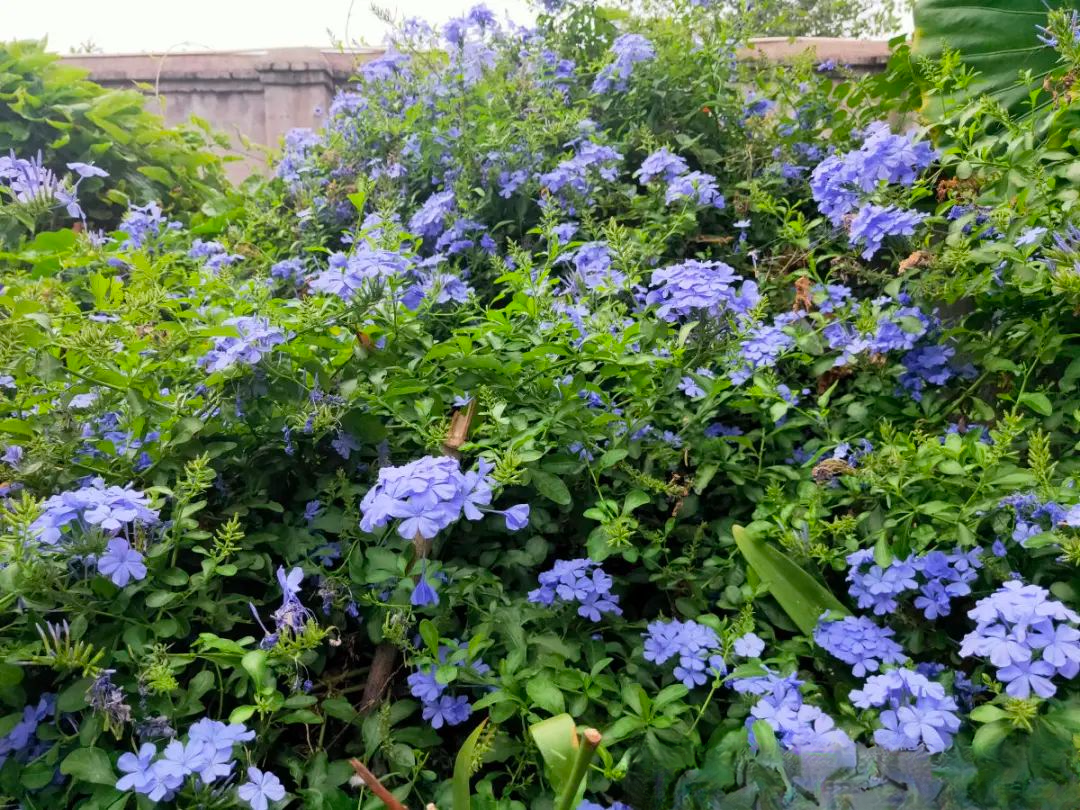
The blue snow flower blooms as soon as the weather gets hot, and the flowering period lasts up to 10 months. If the winter is not cold (not lower than 16 degrees), it will continue to bloom. The wintering temperature should not be lower than 0 degrees. It can be potted in the north, cut it in winter and put it indoors, and it will bloom again in the second year.
